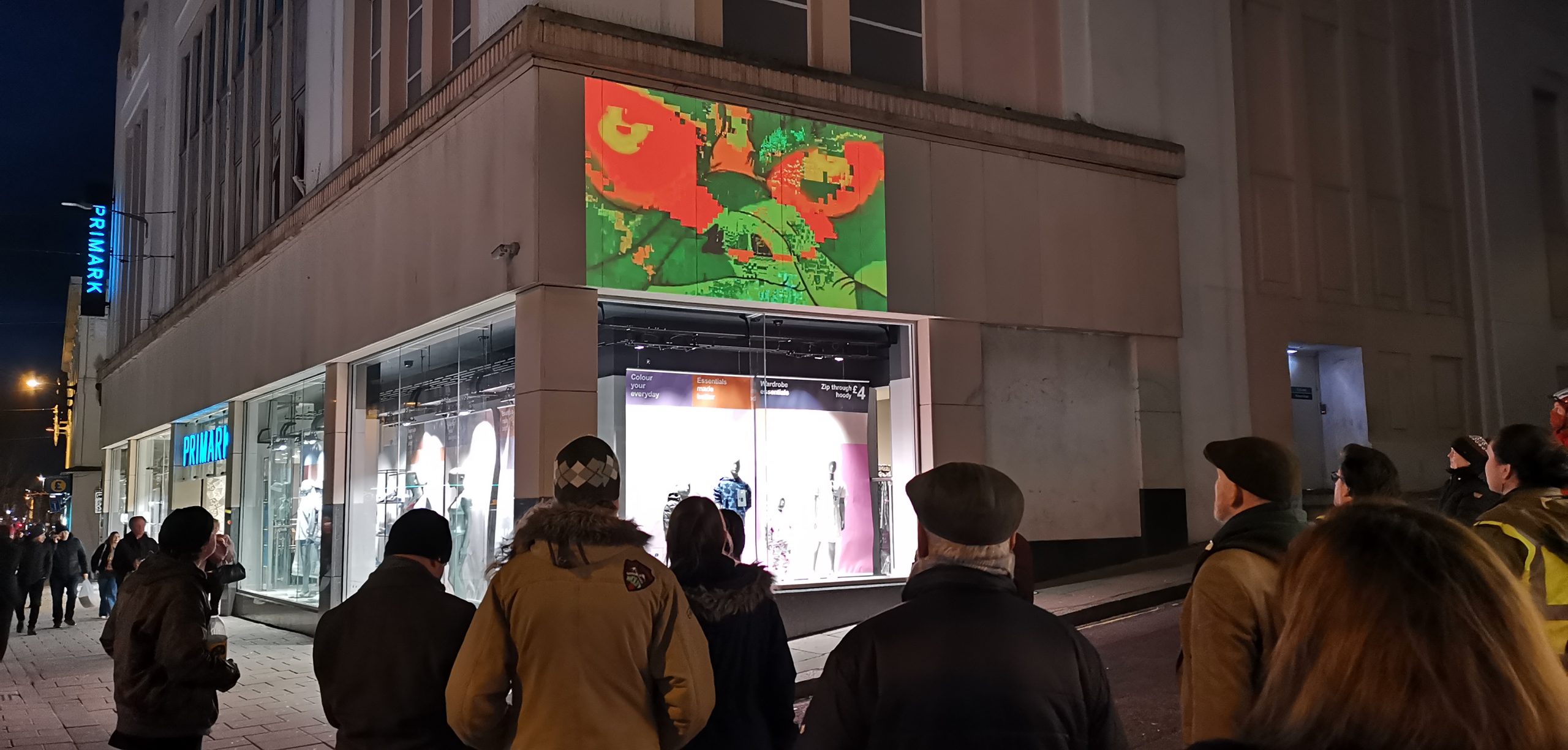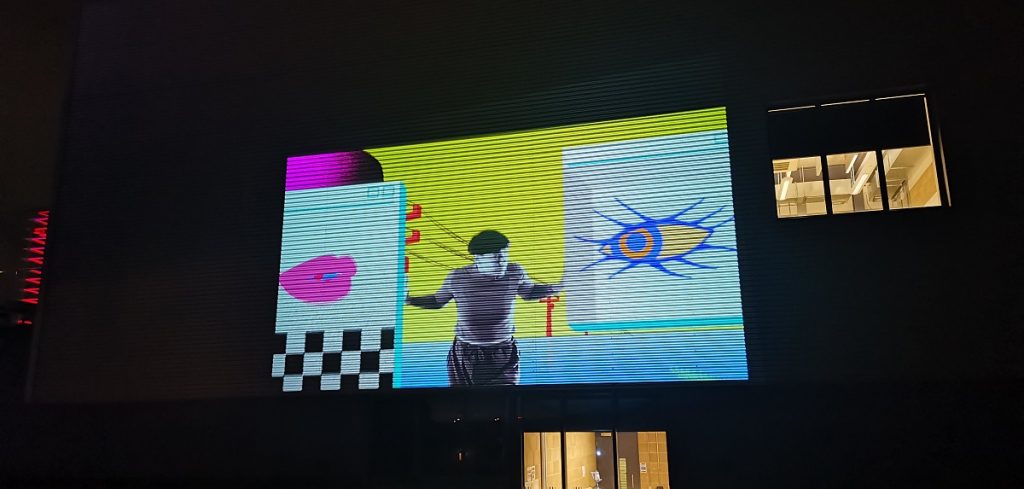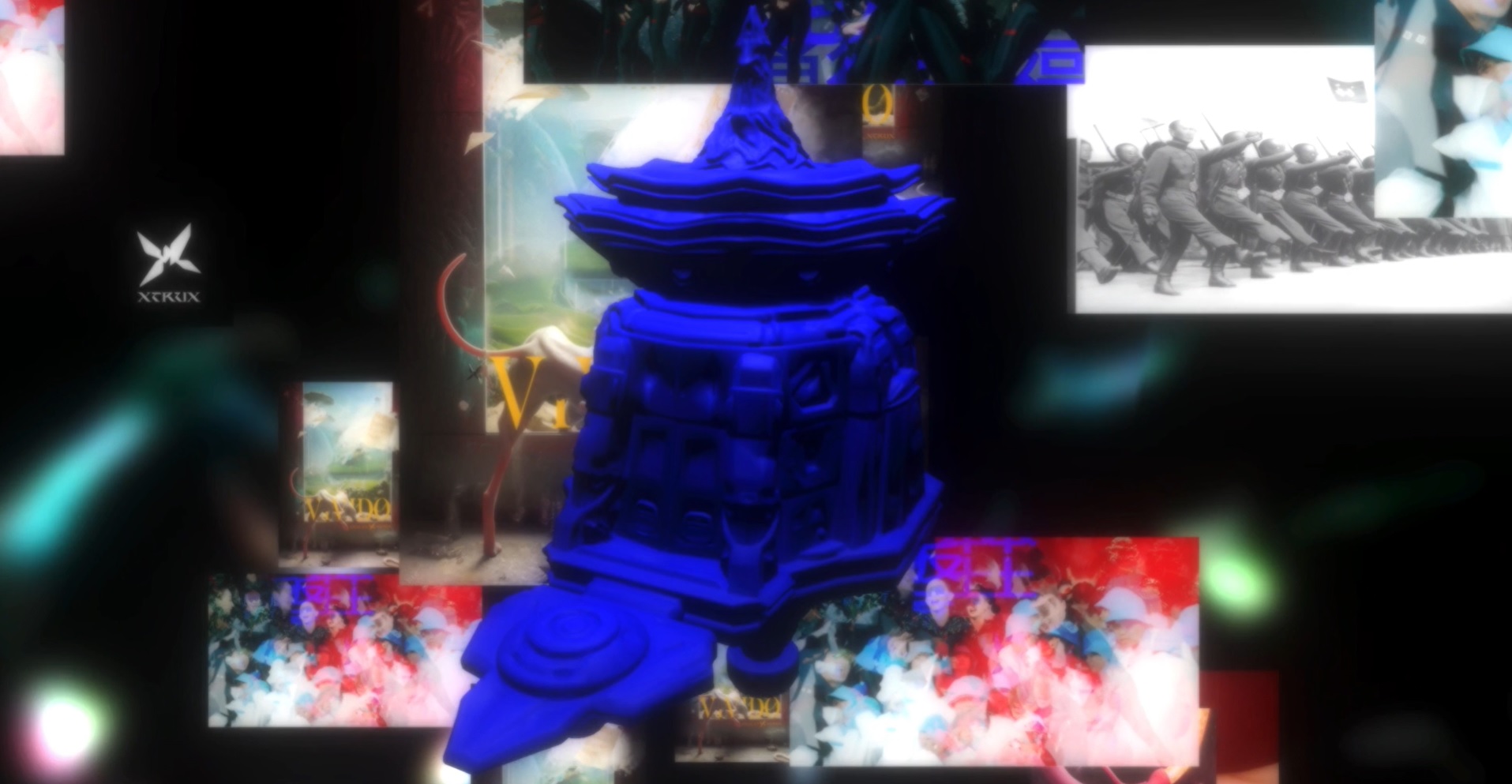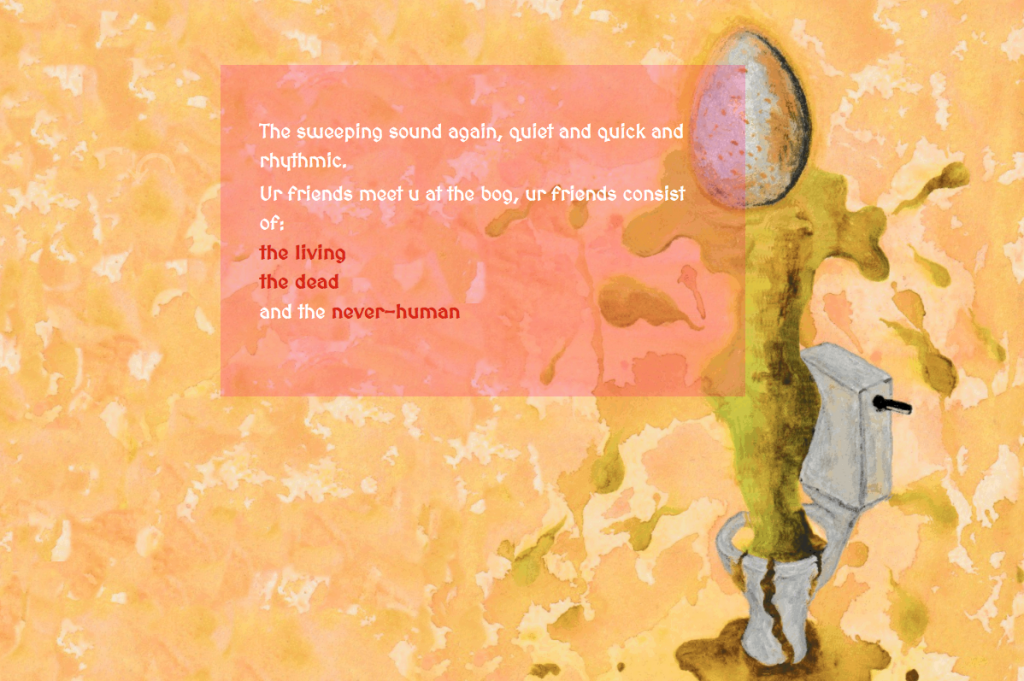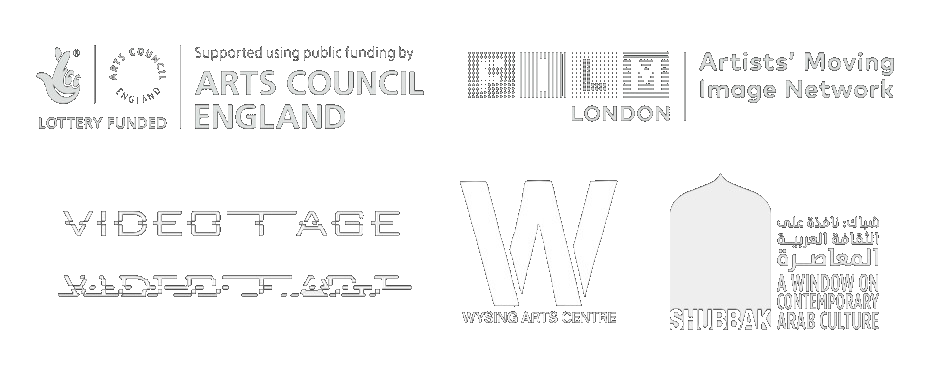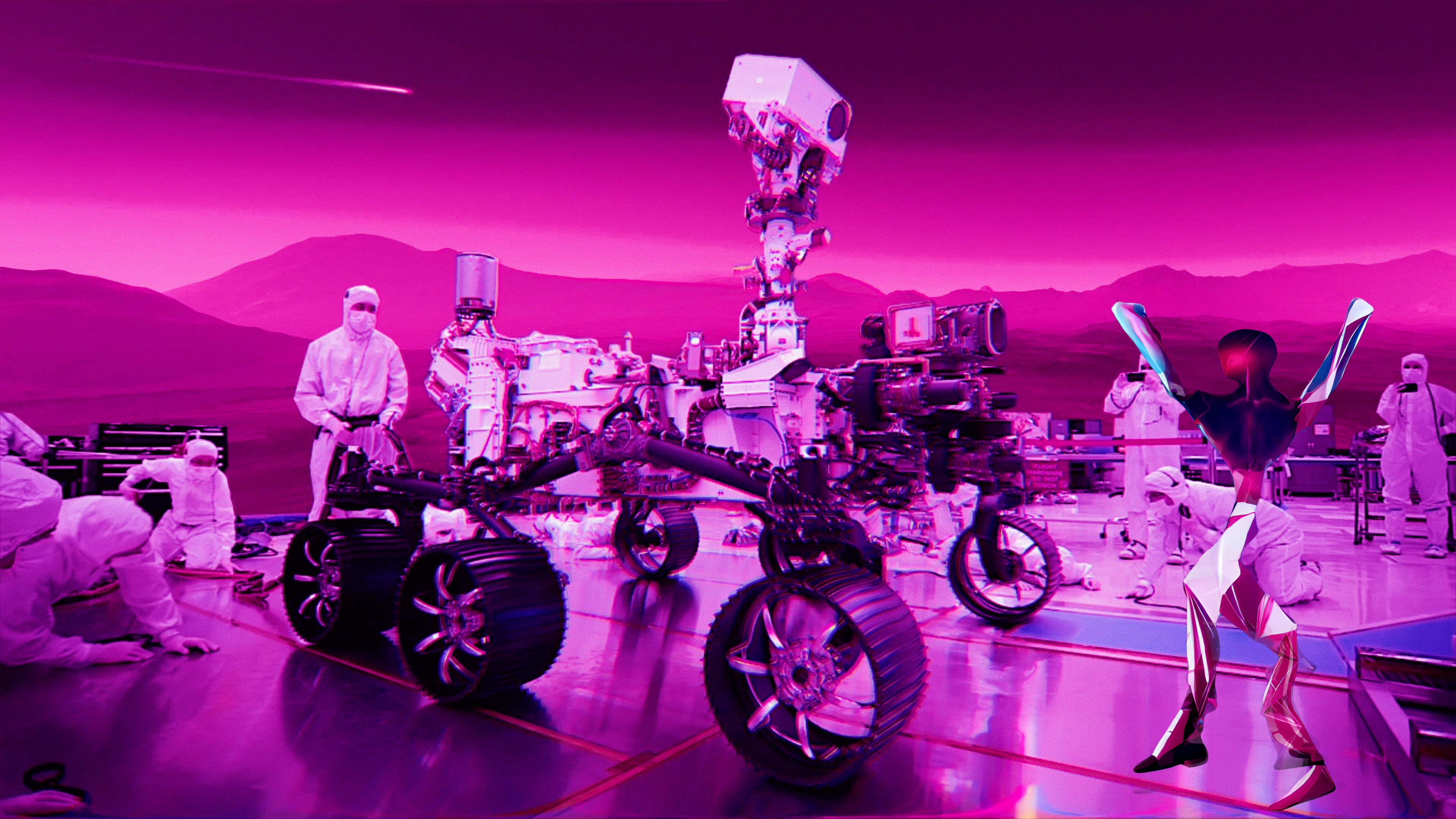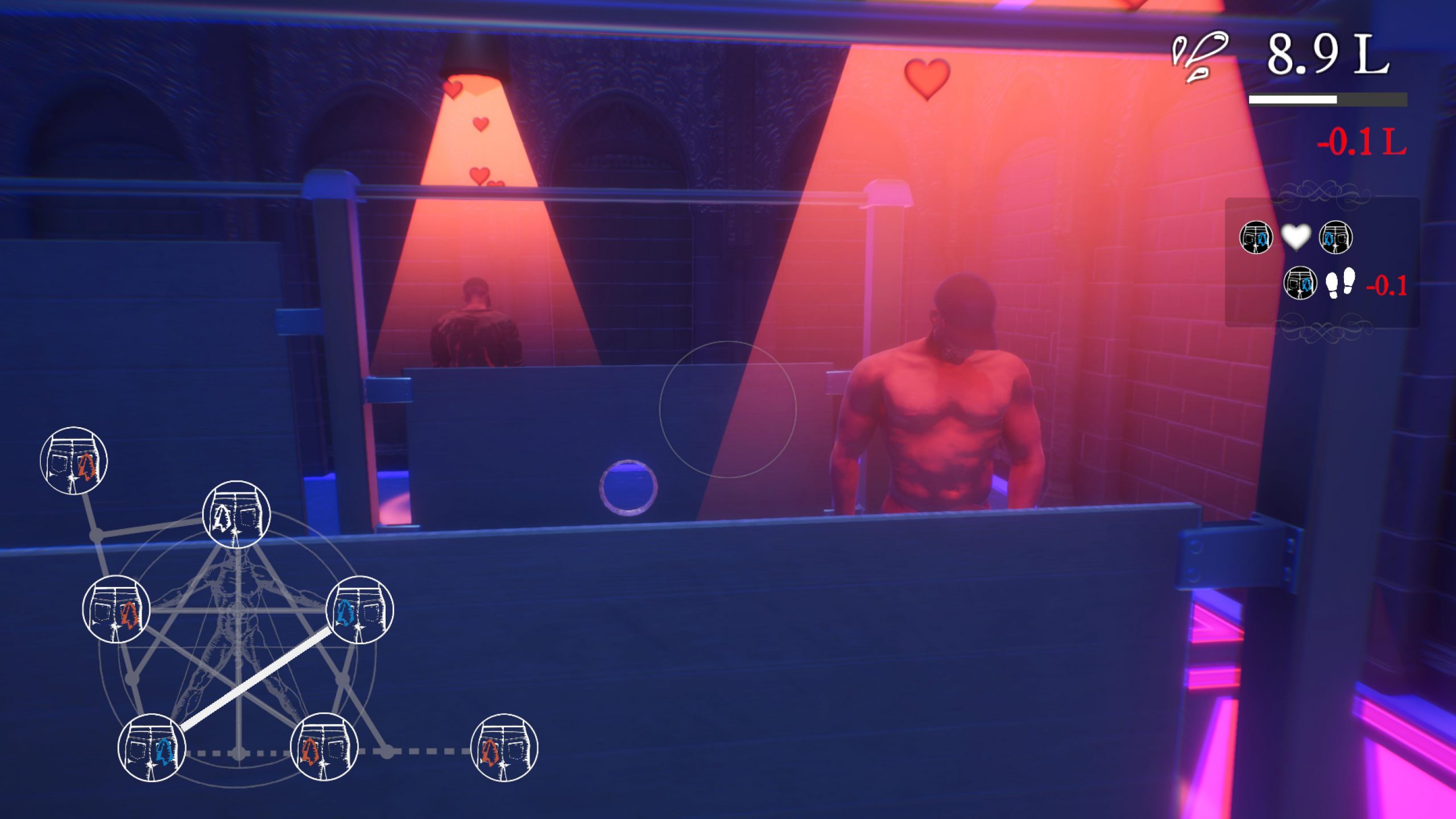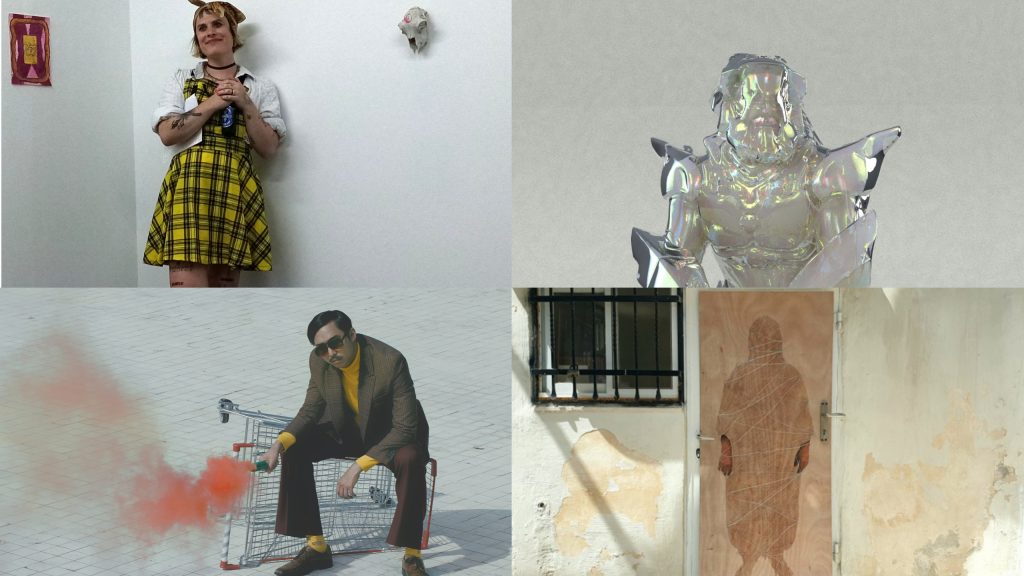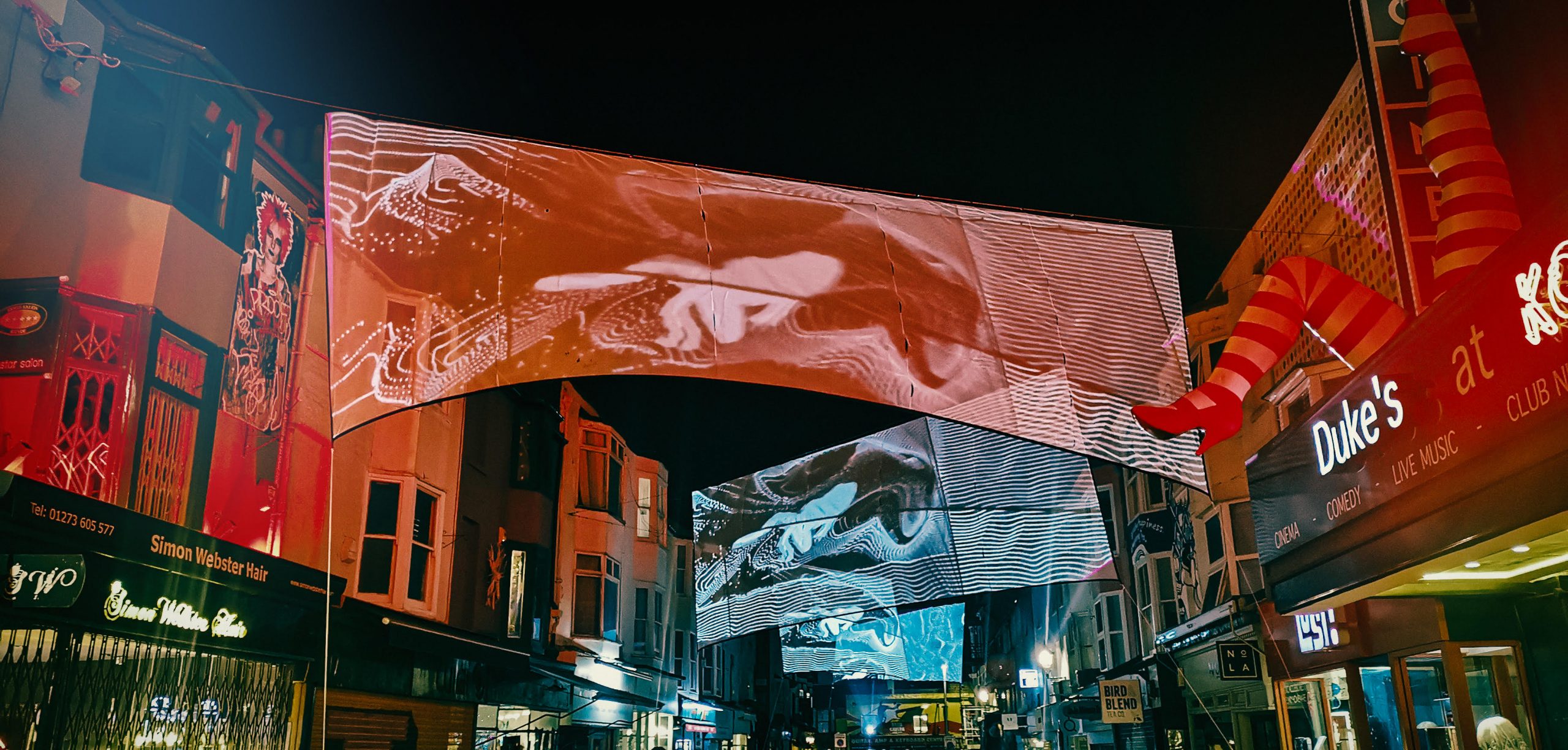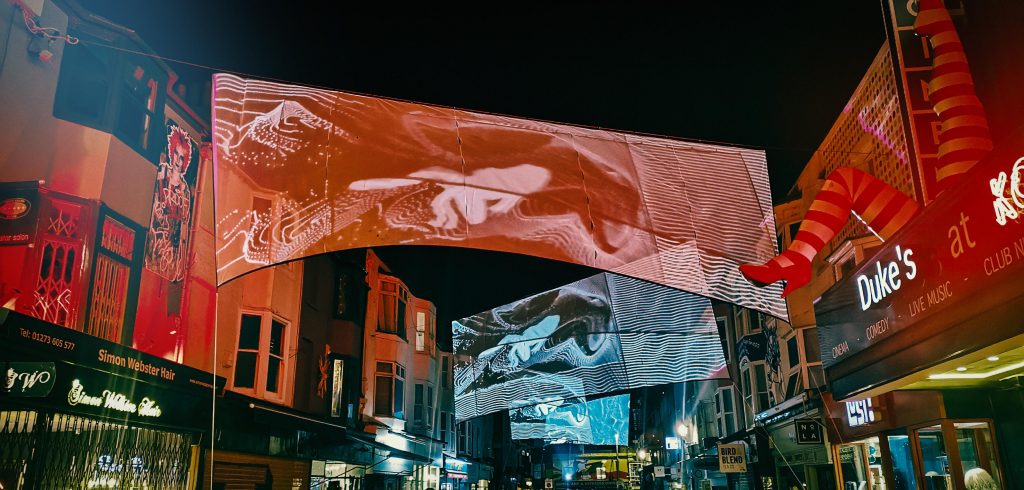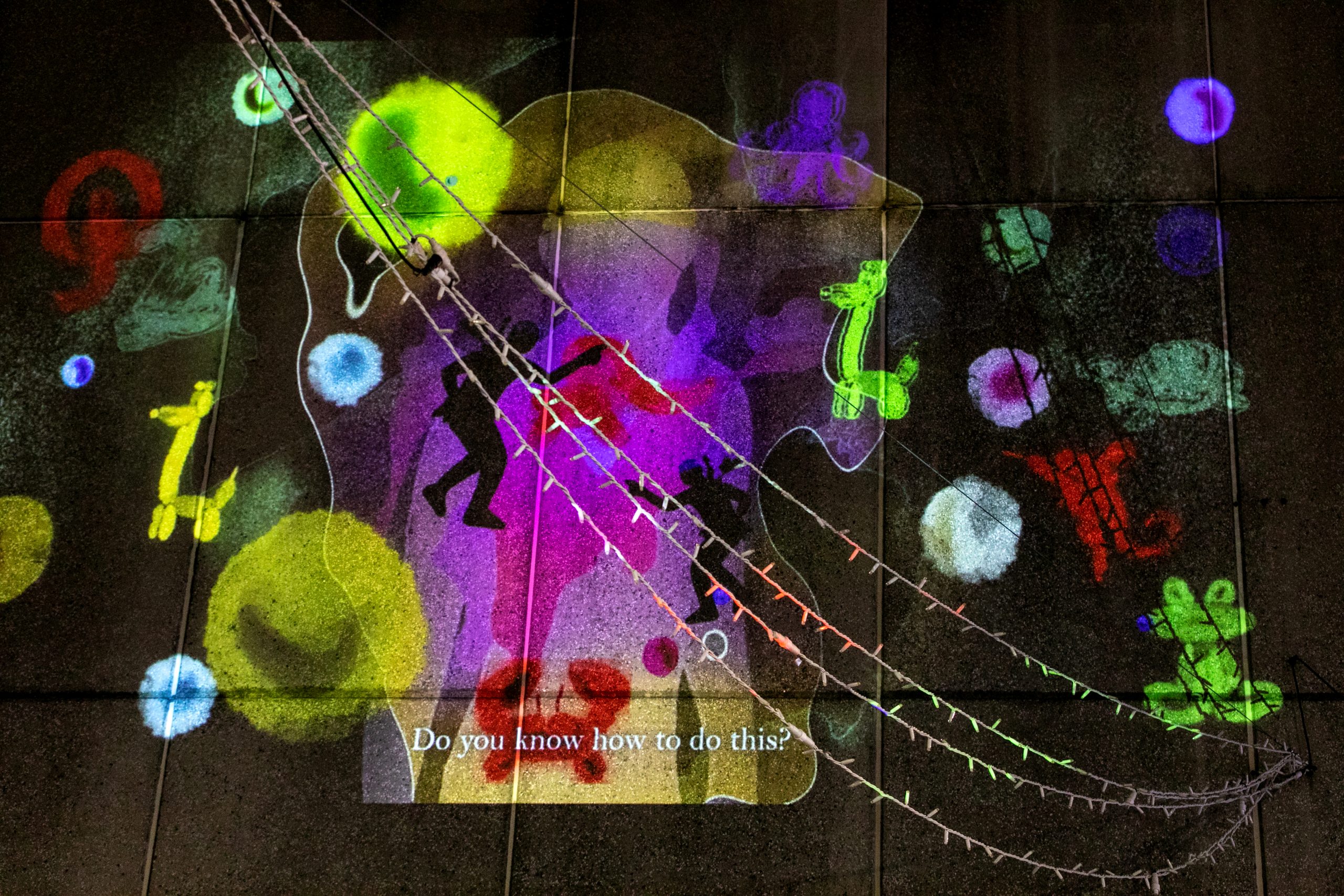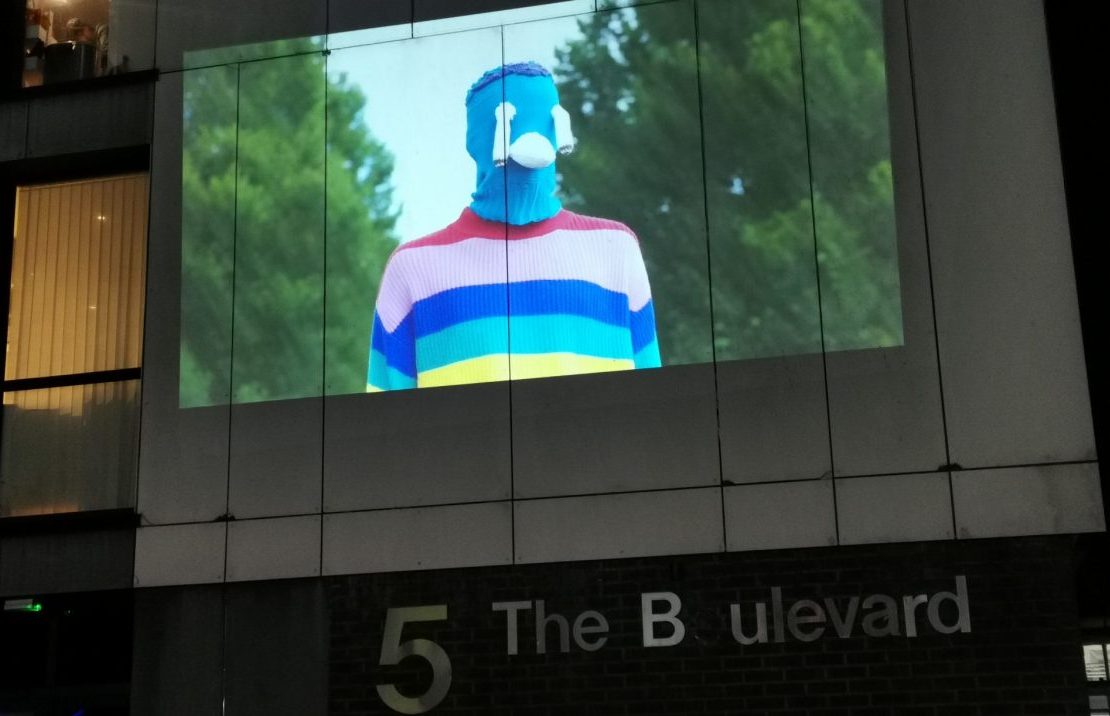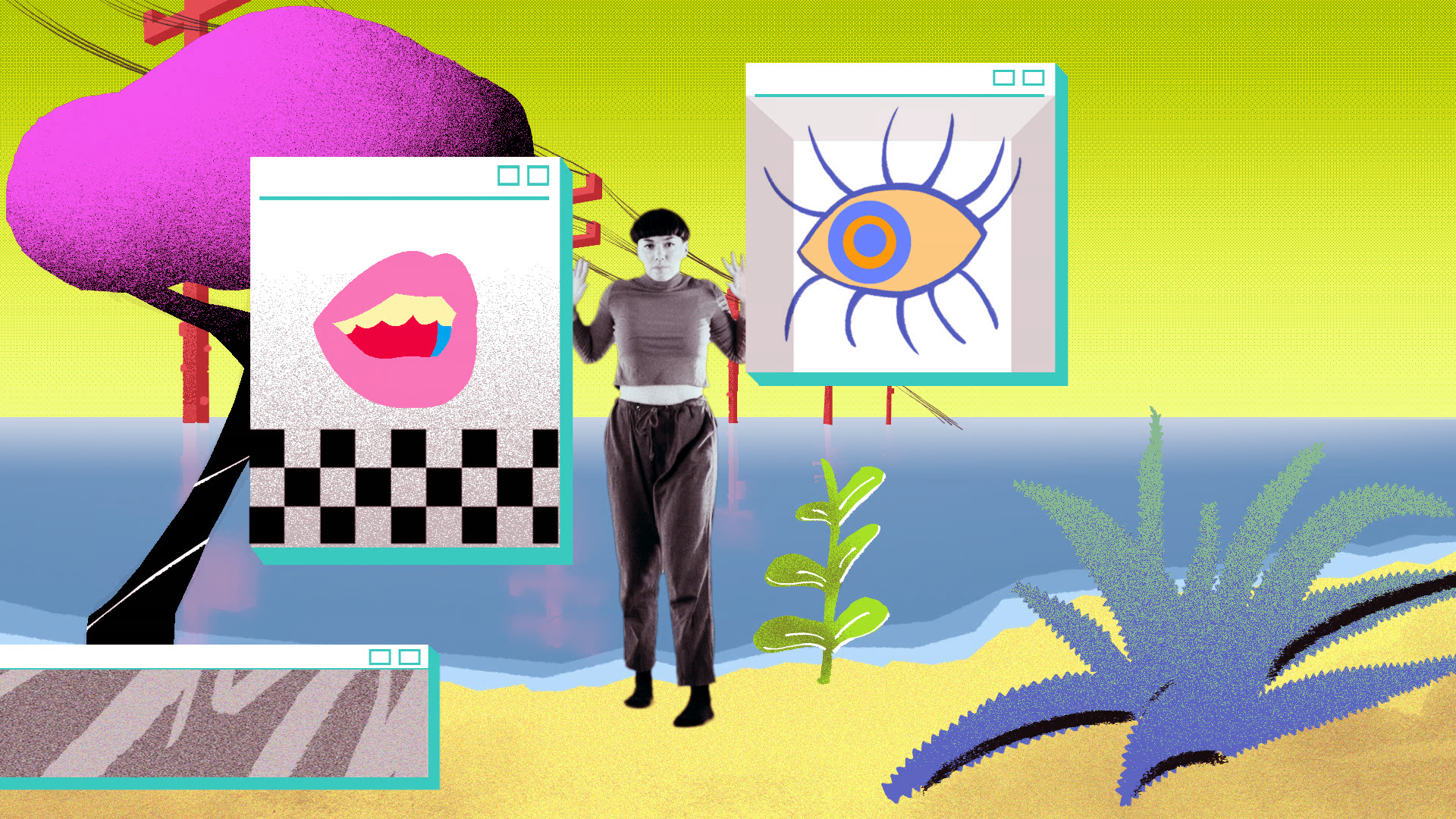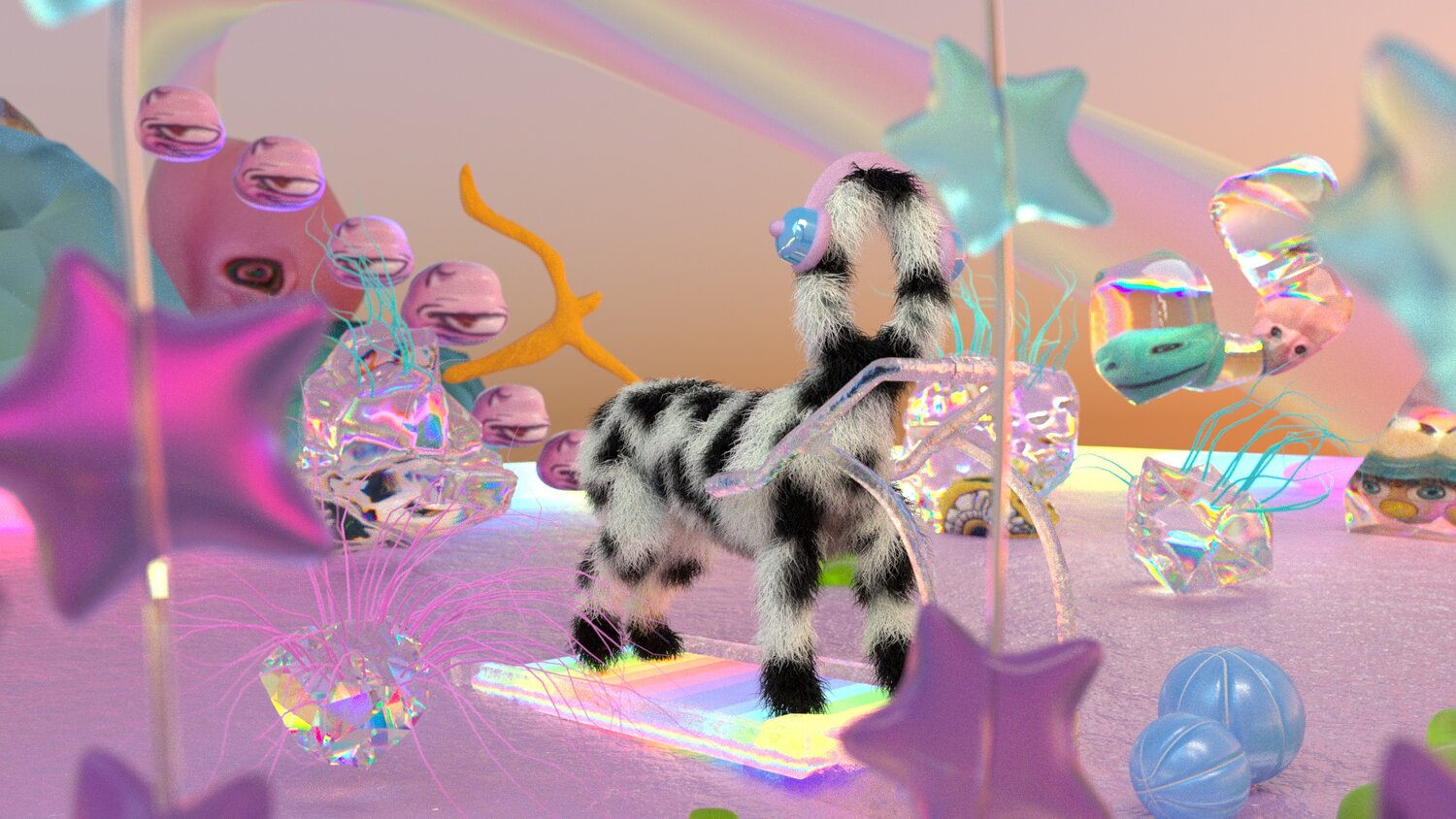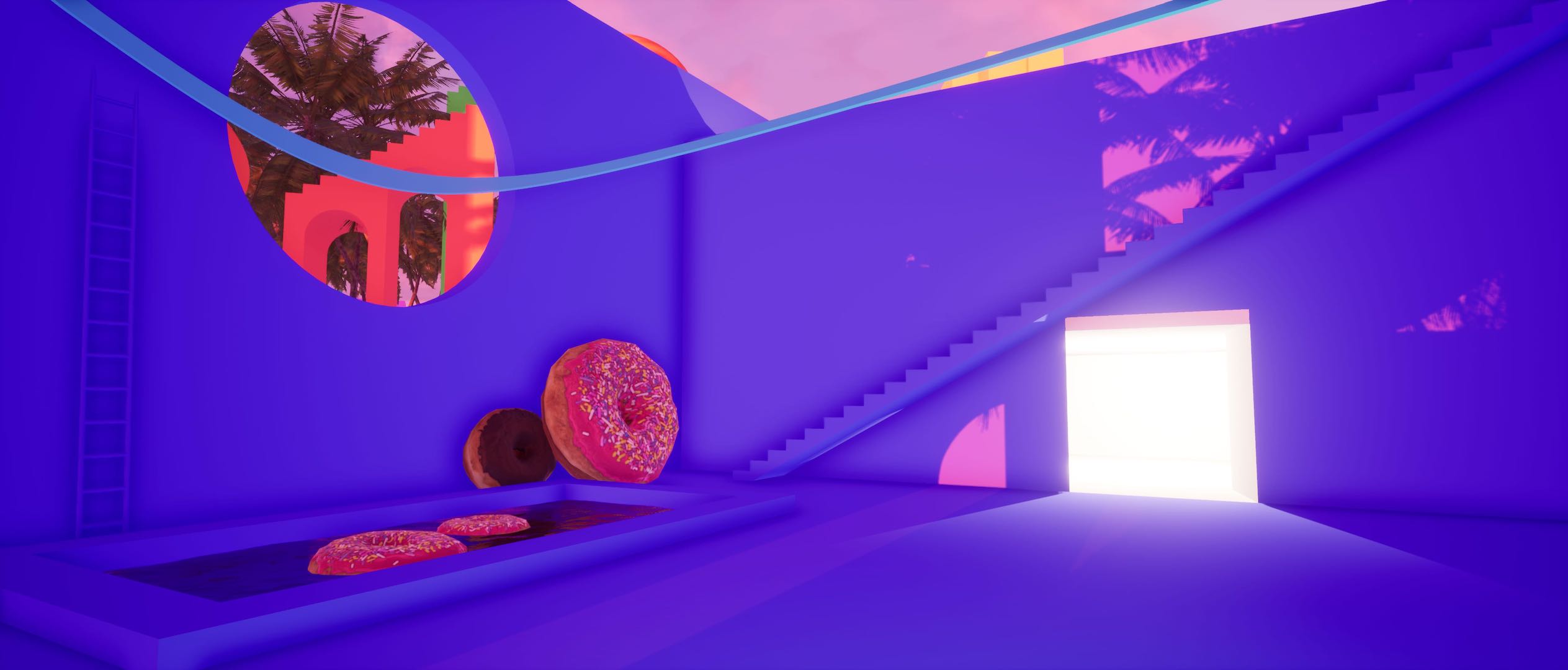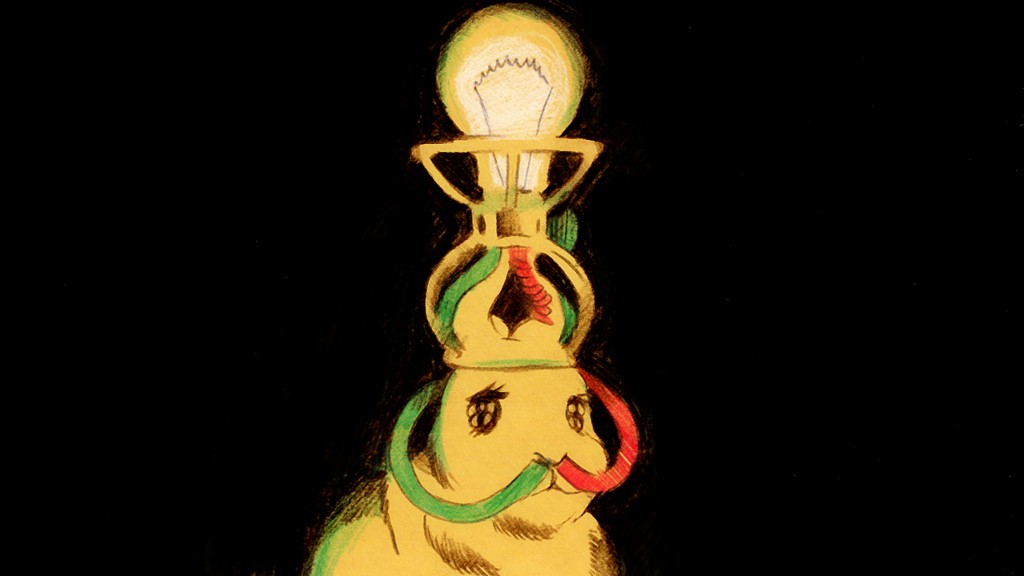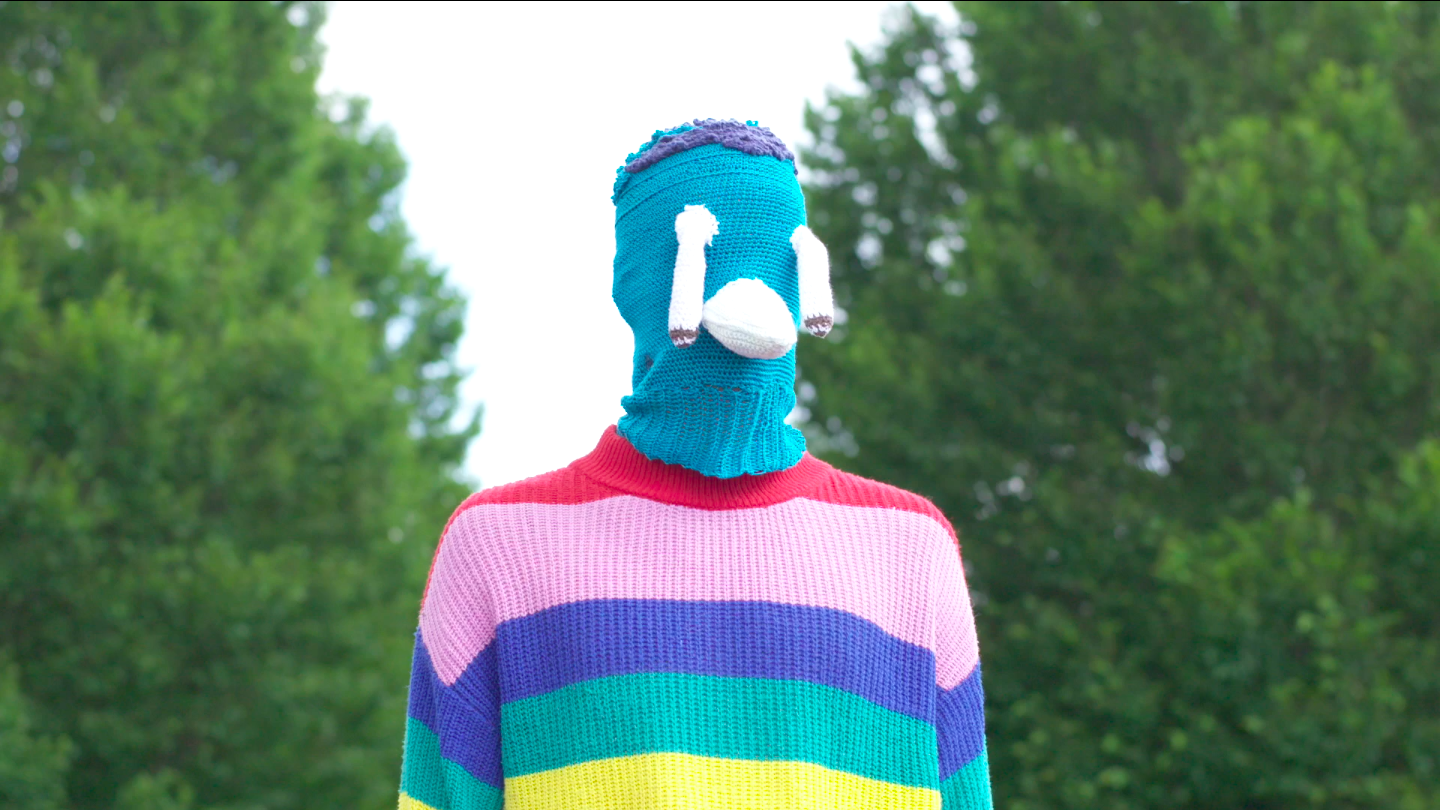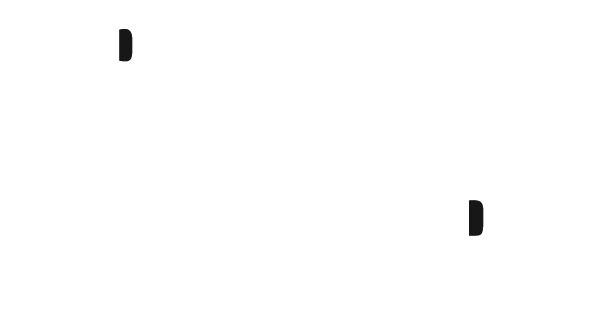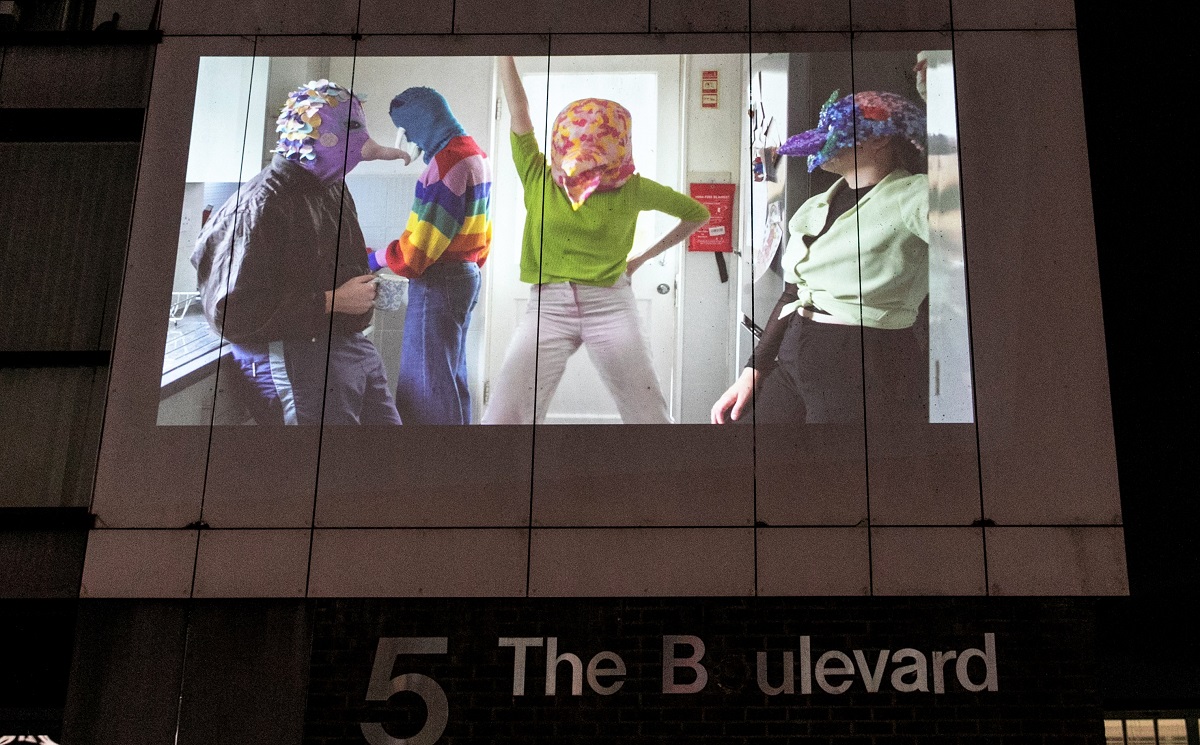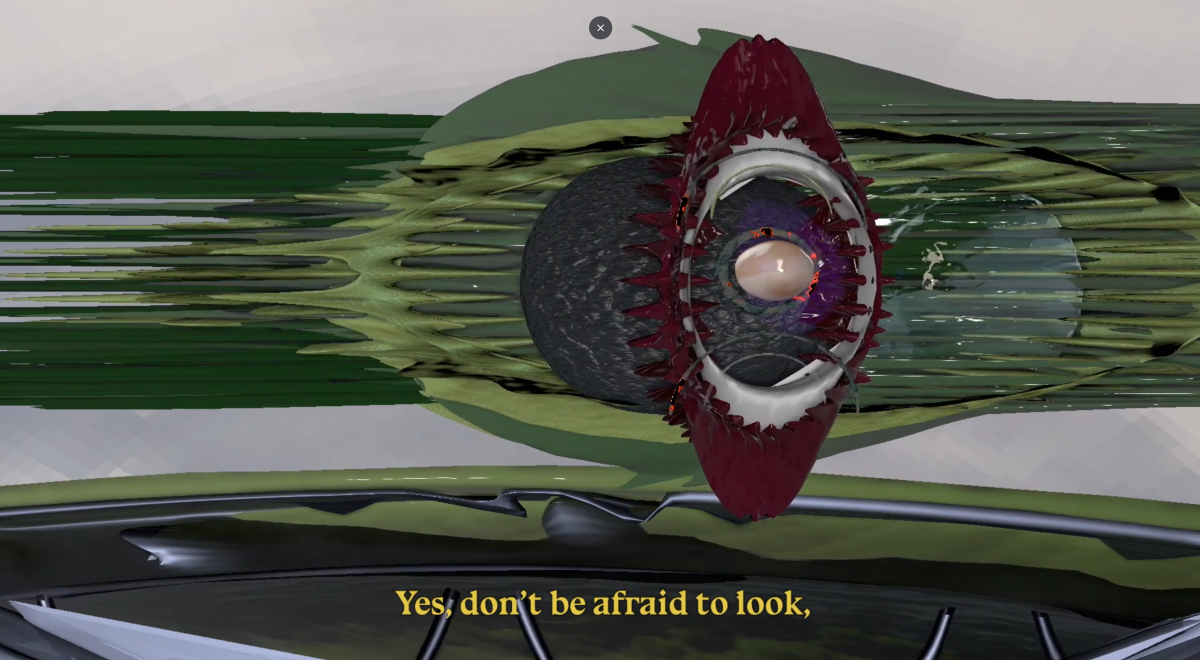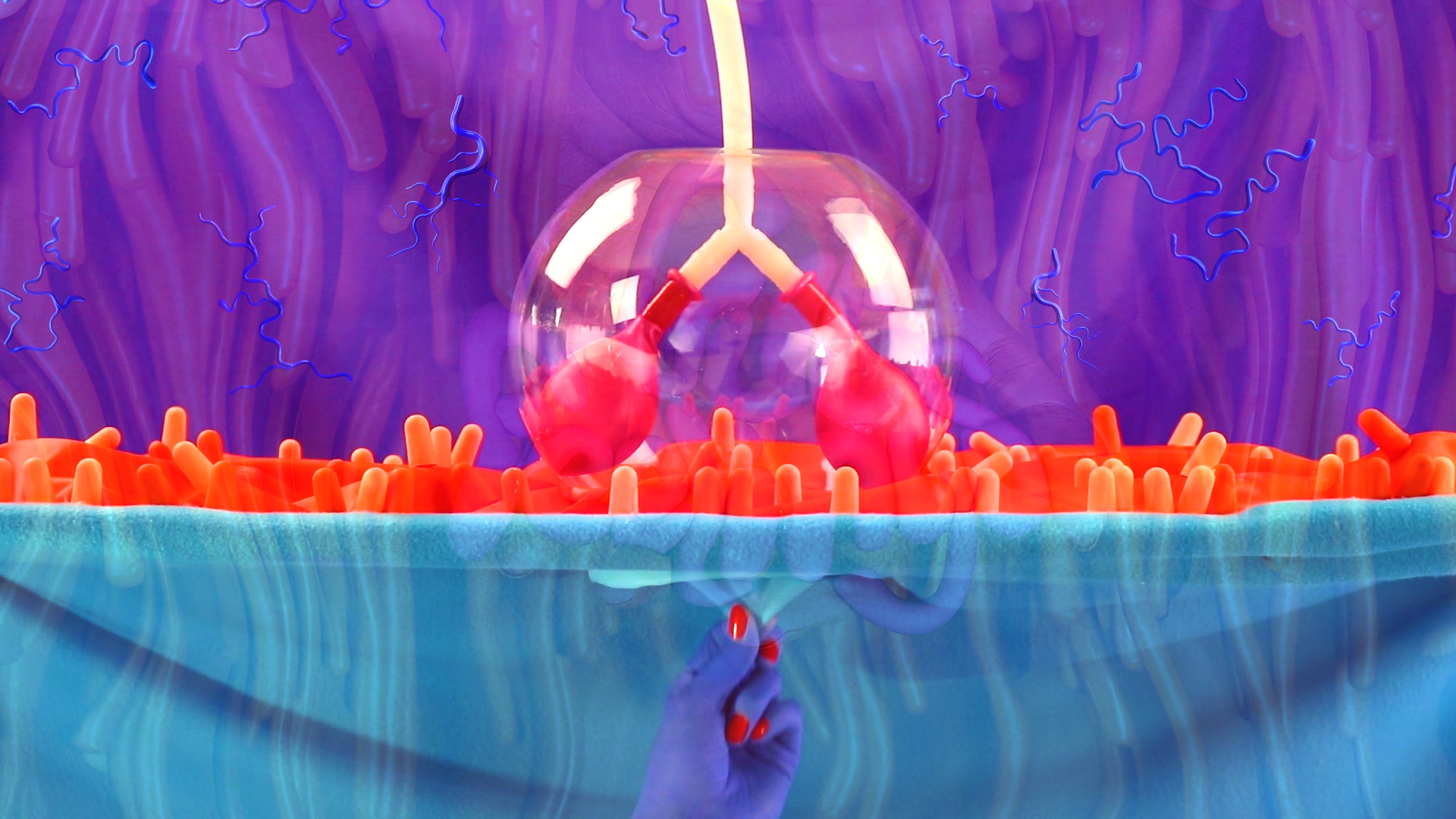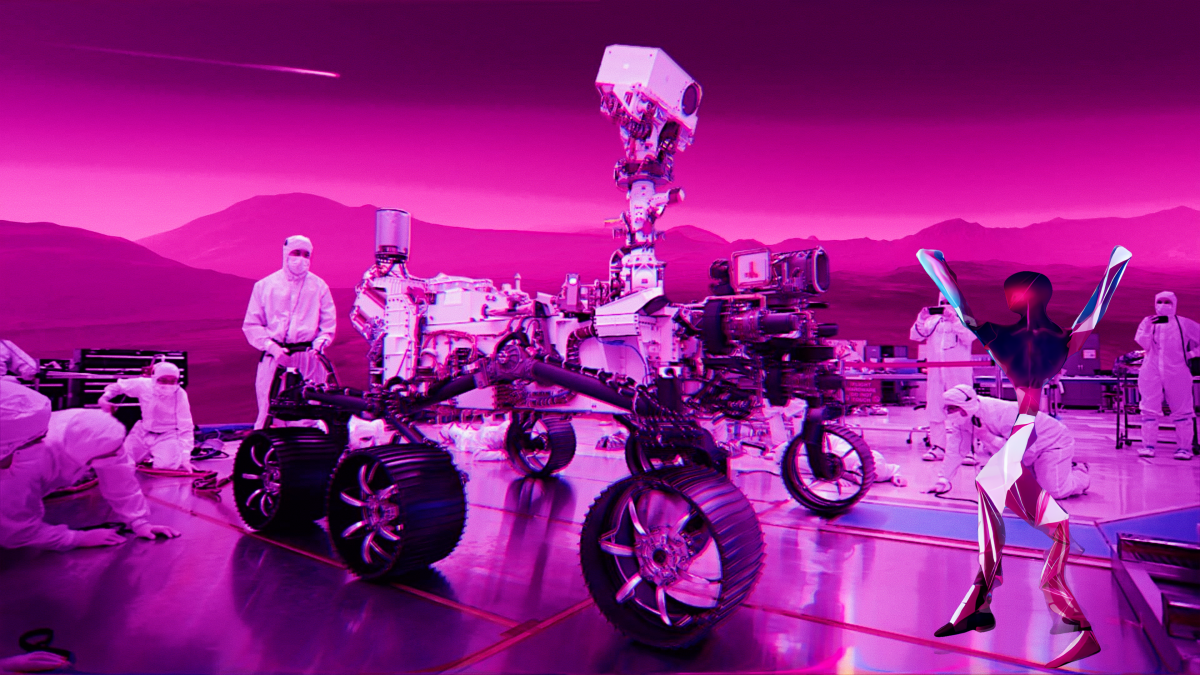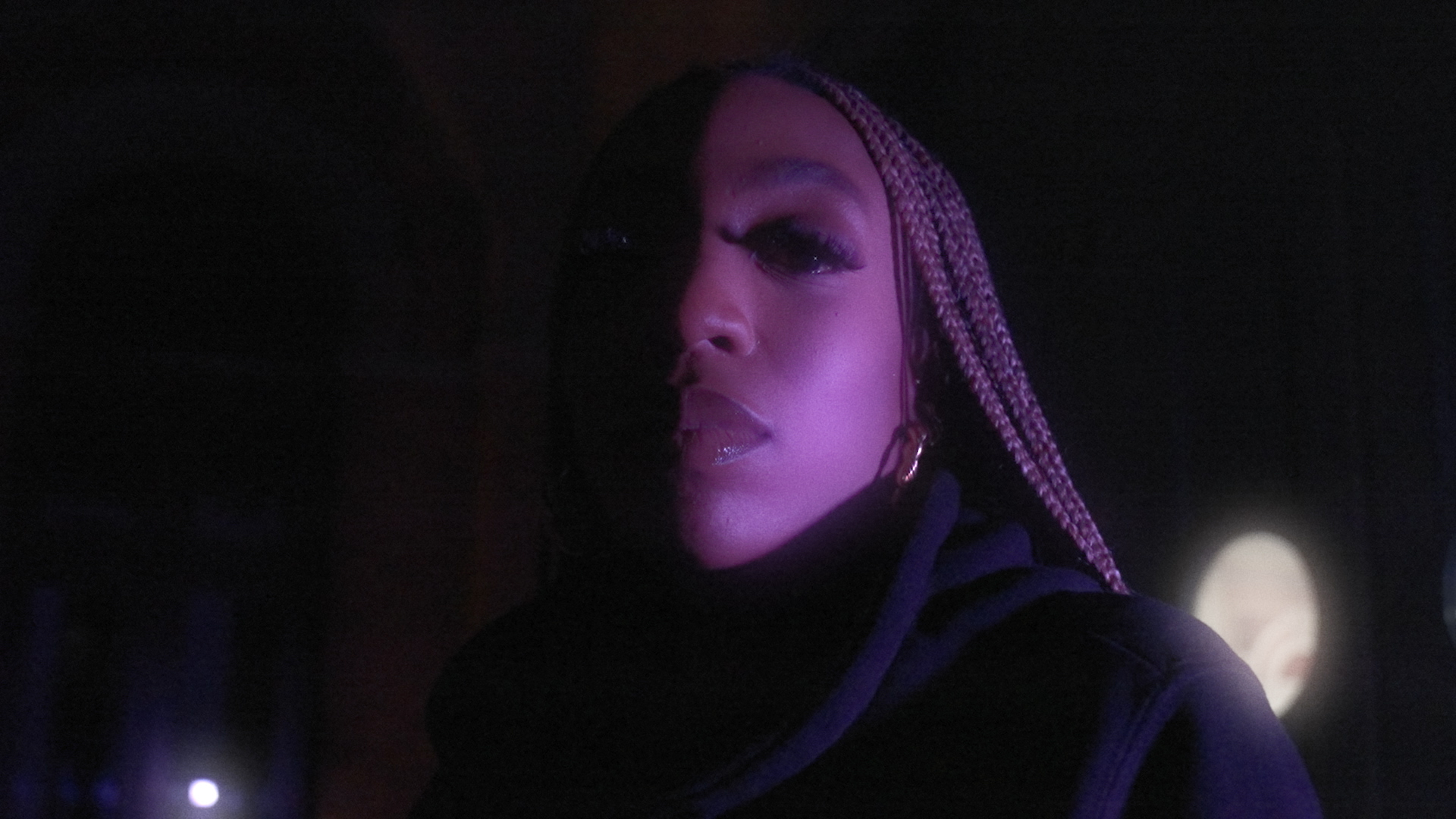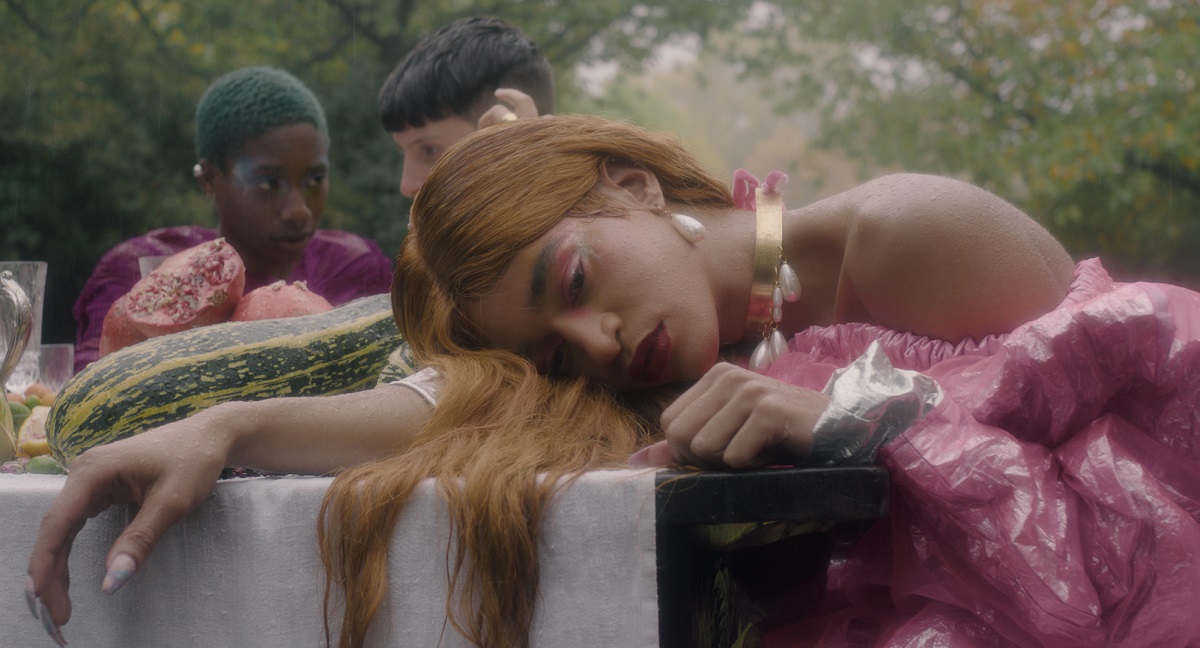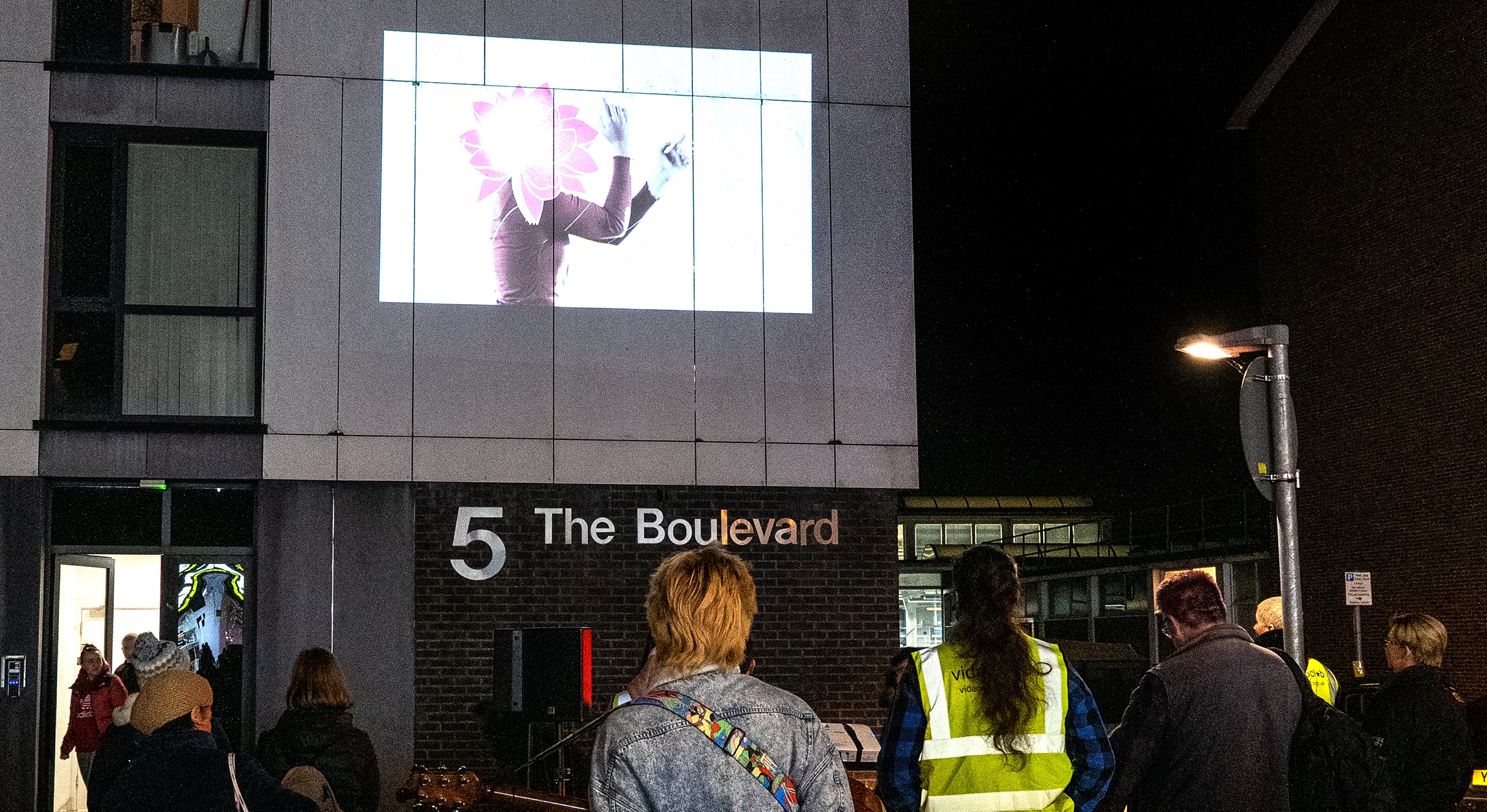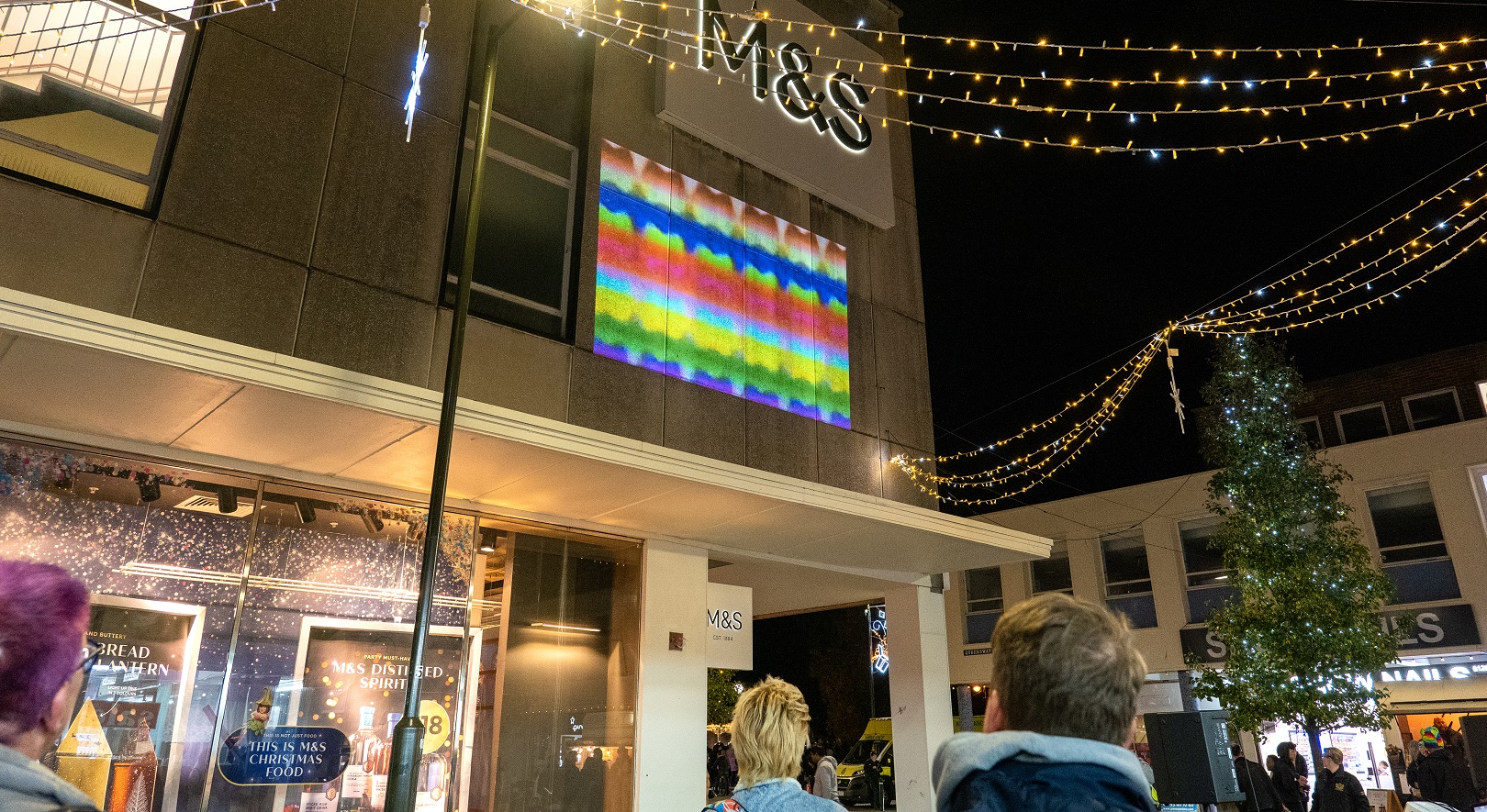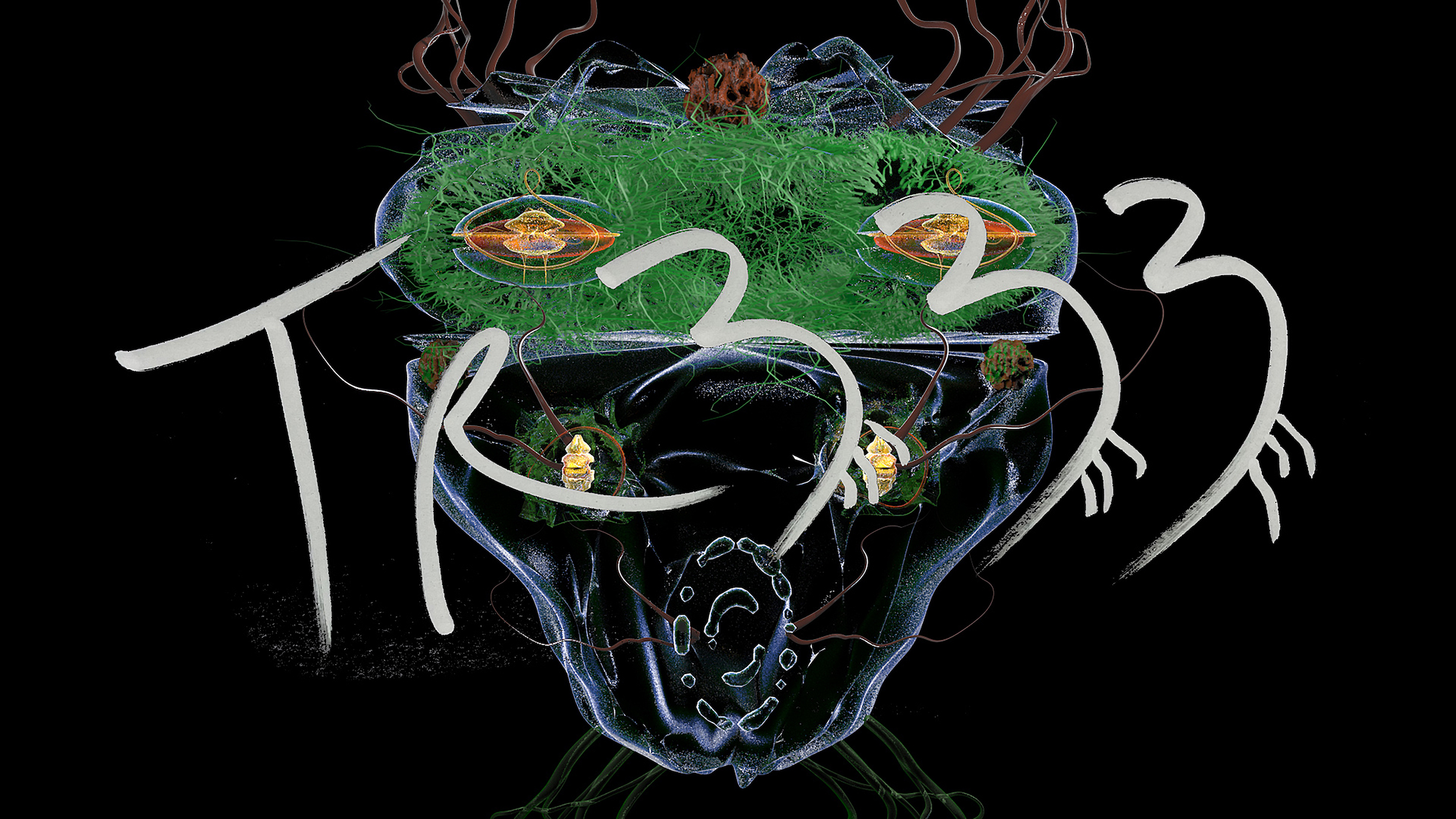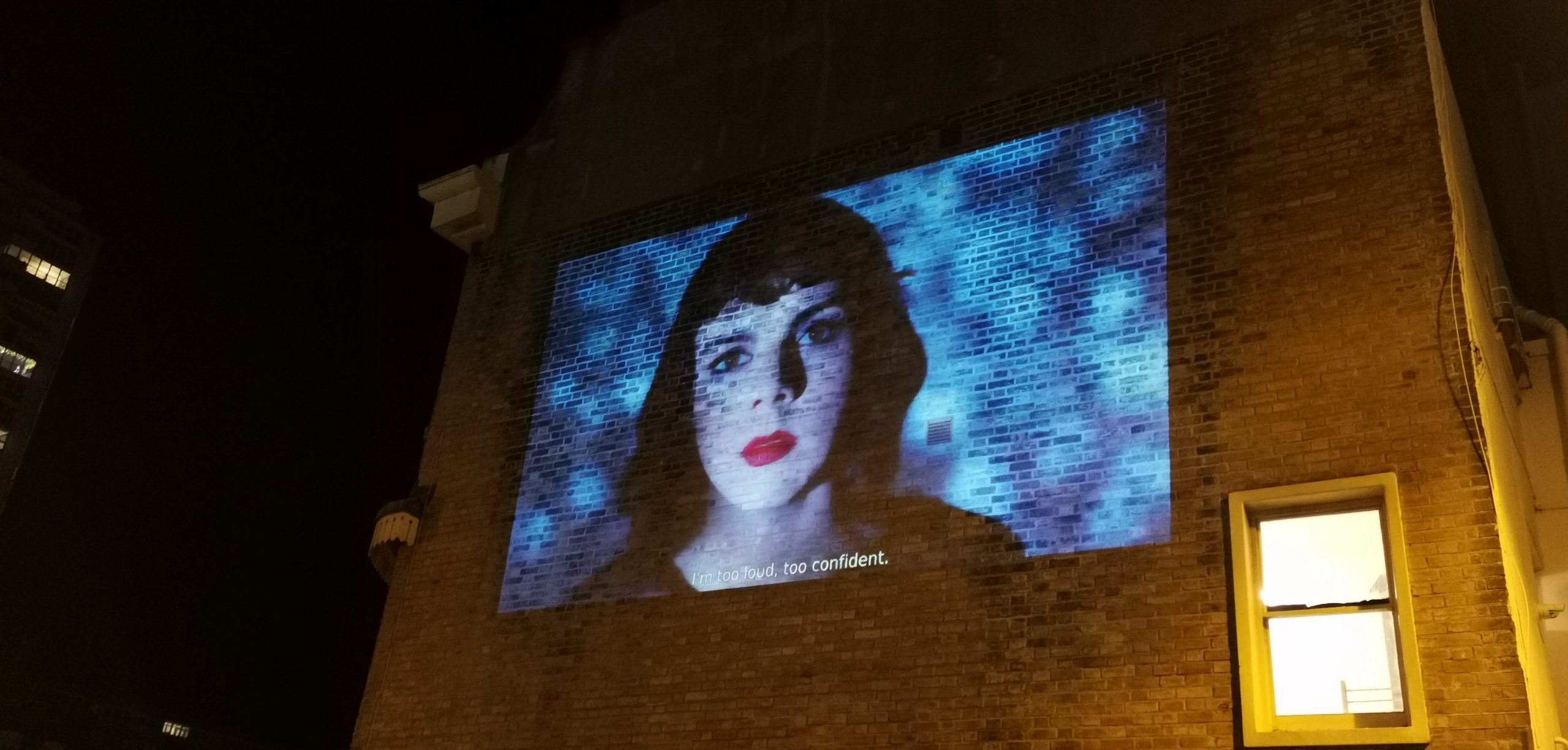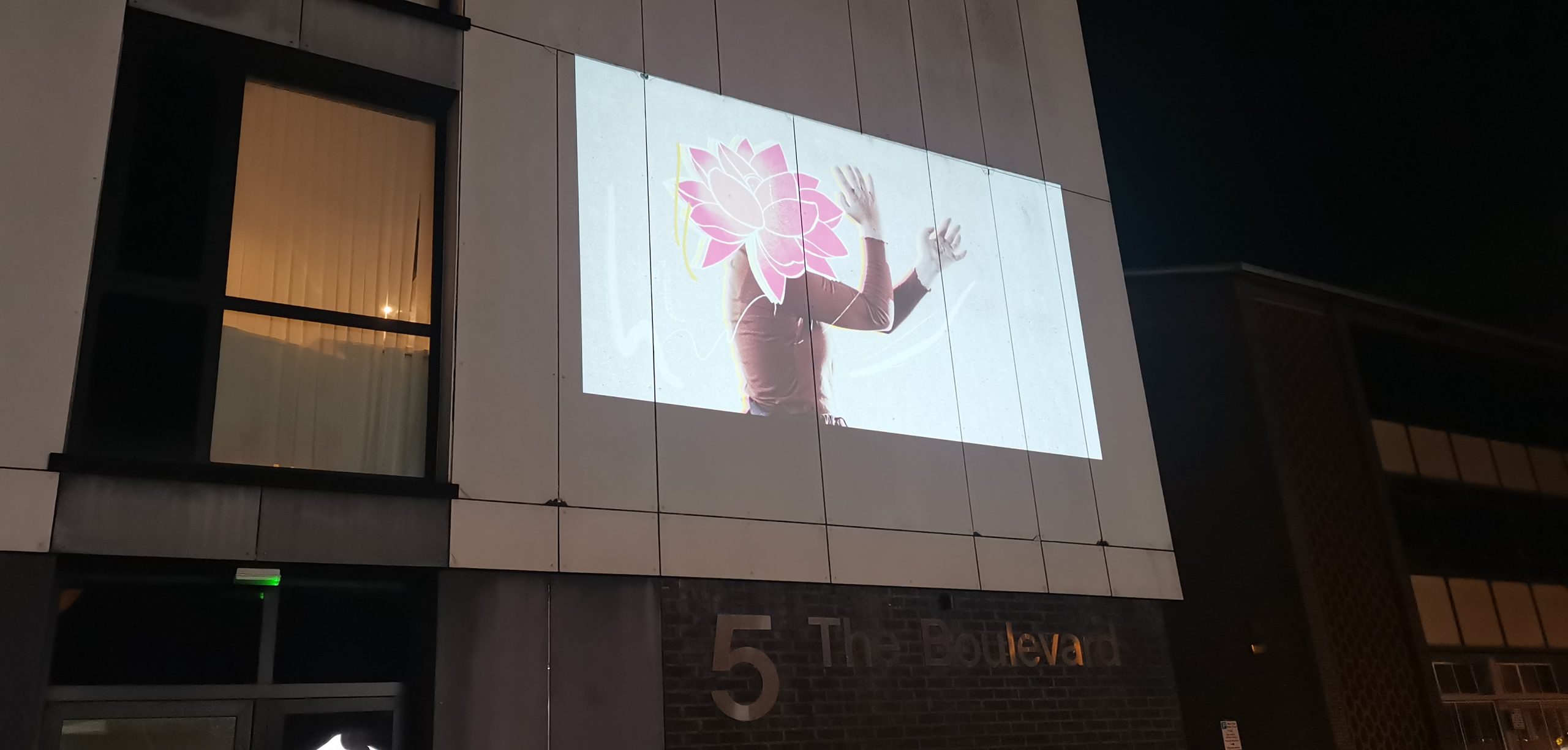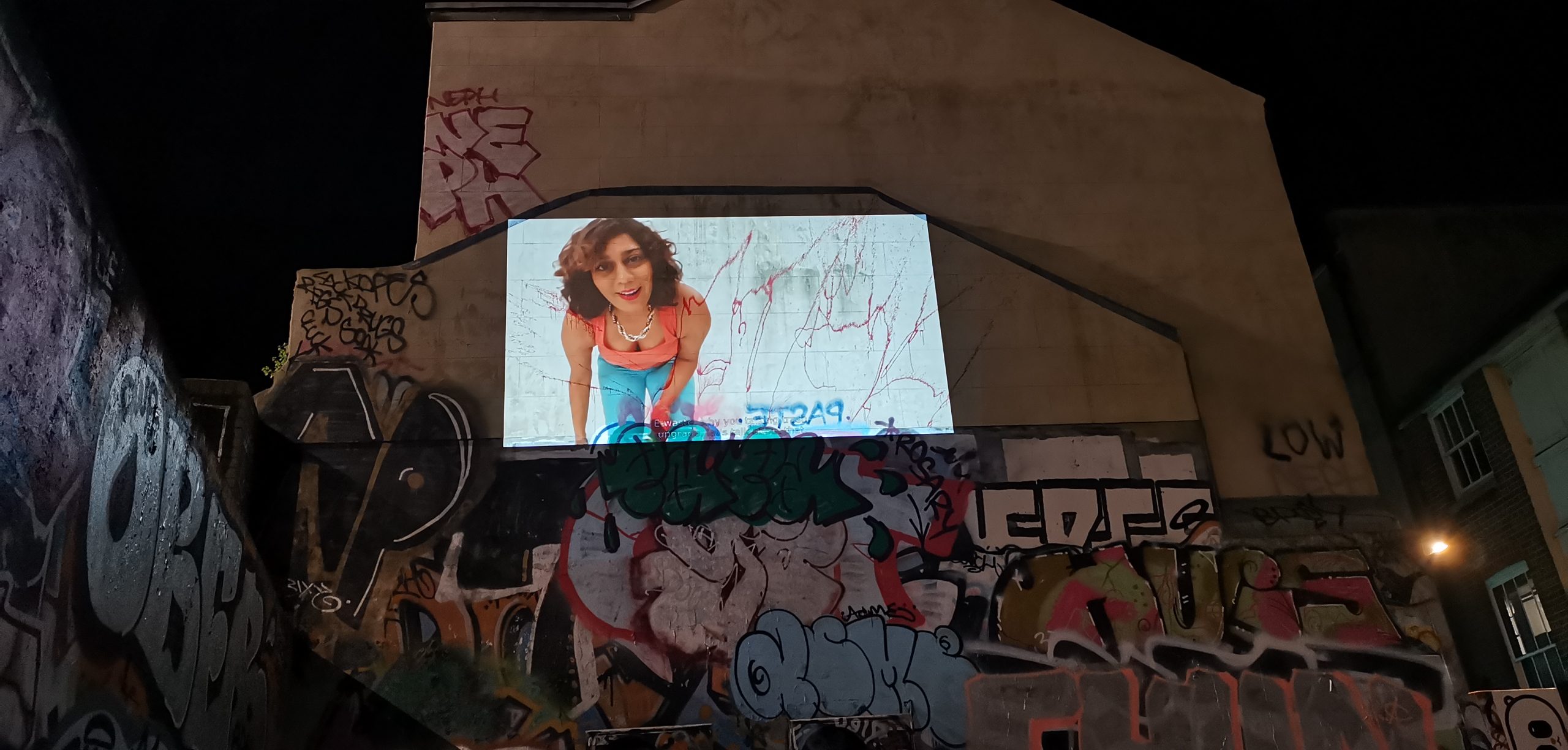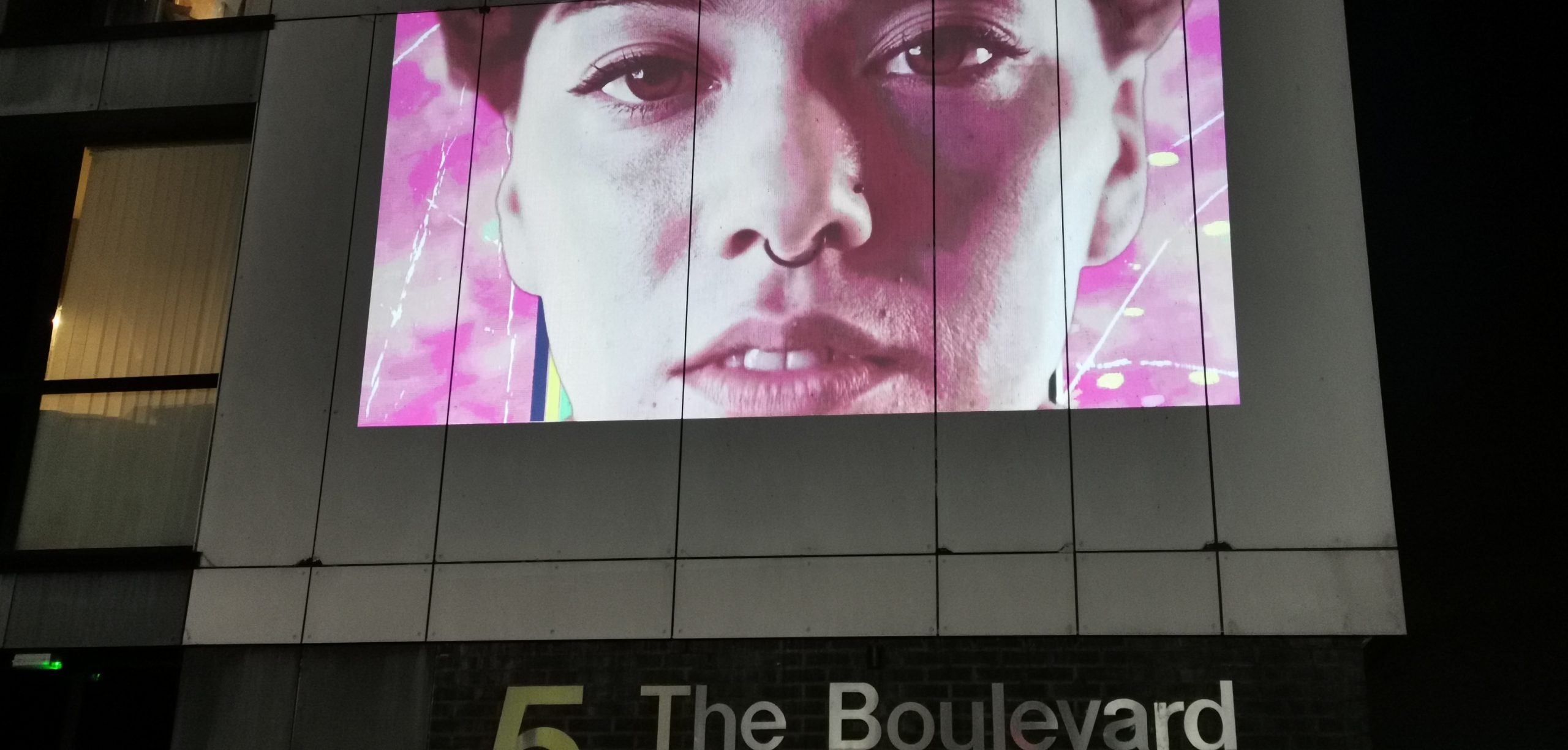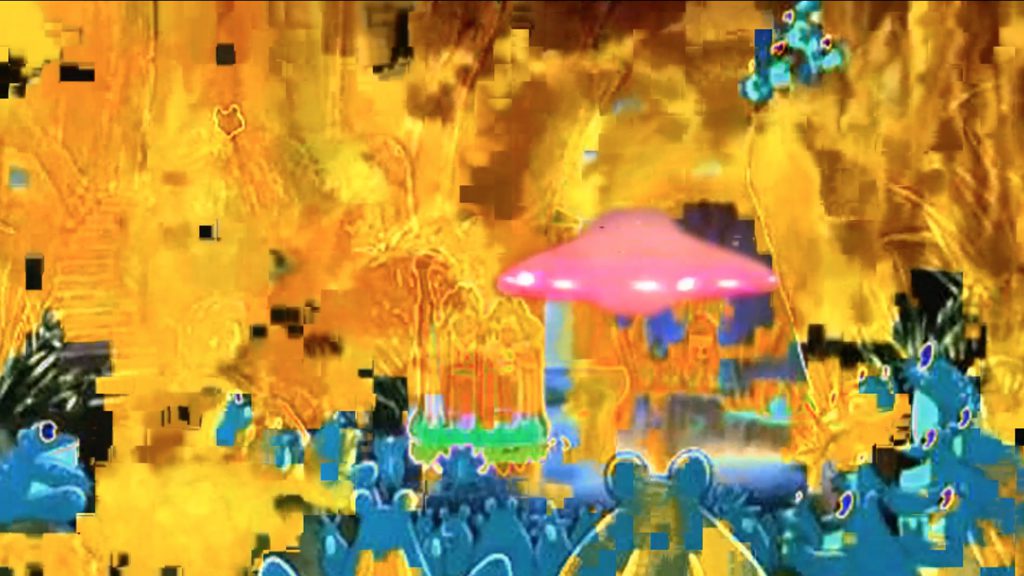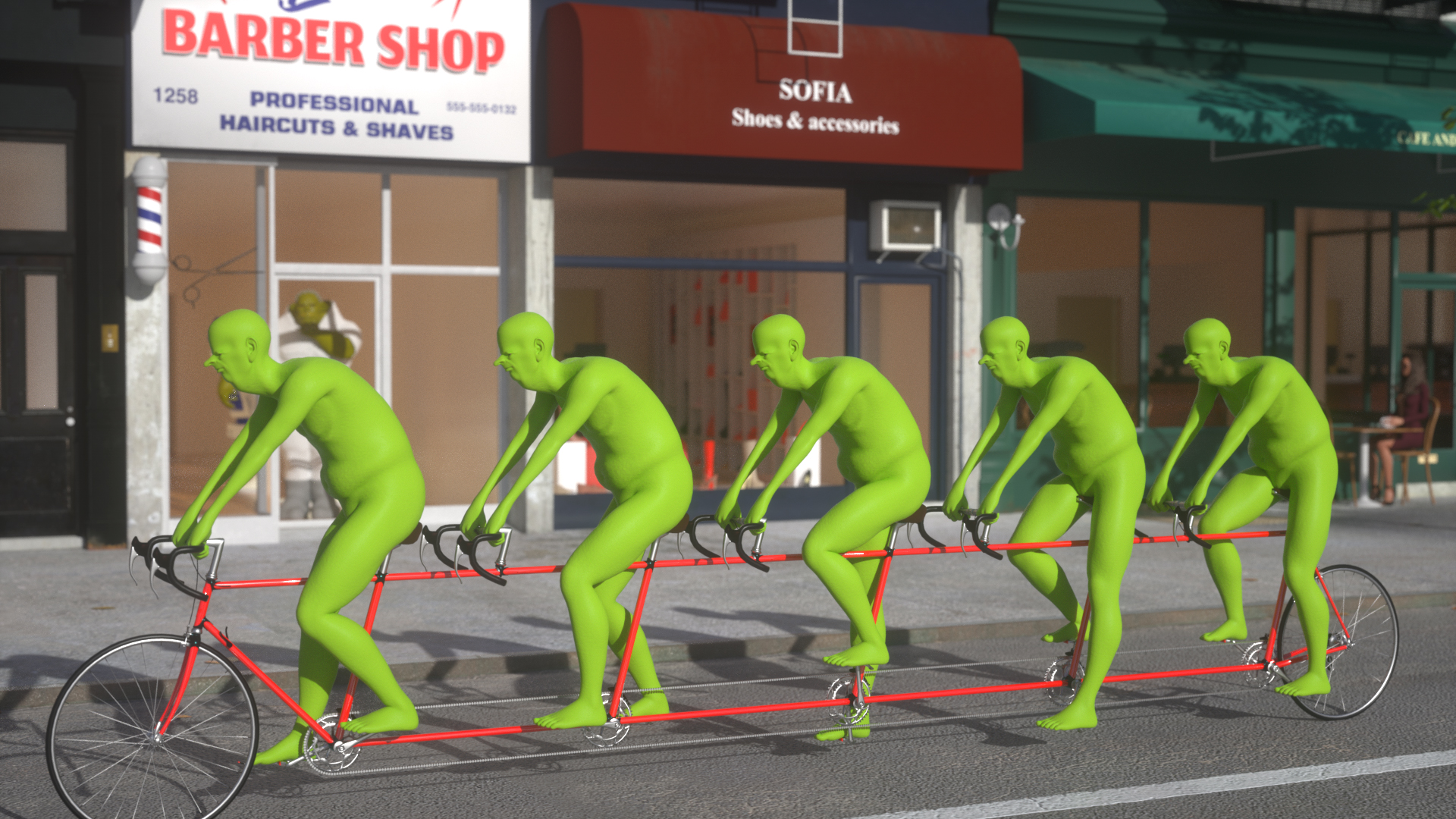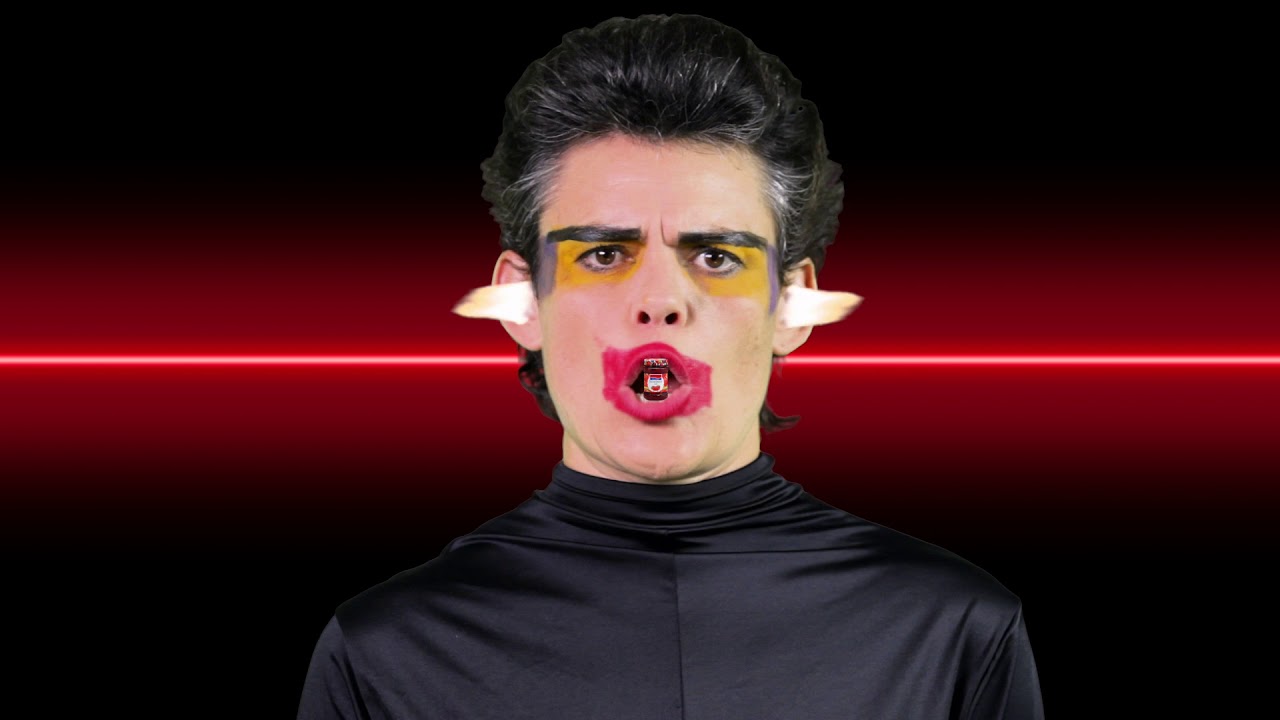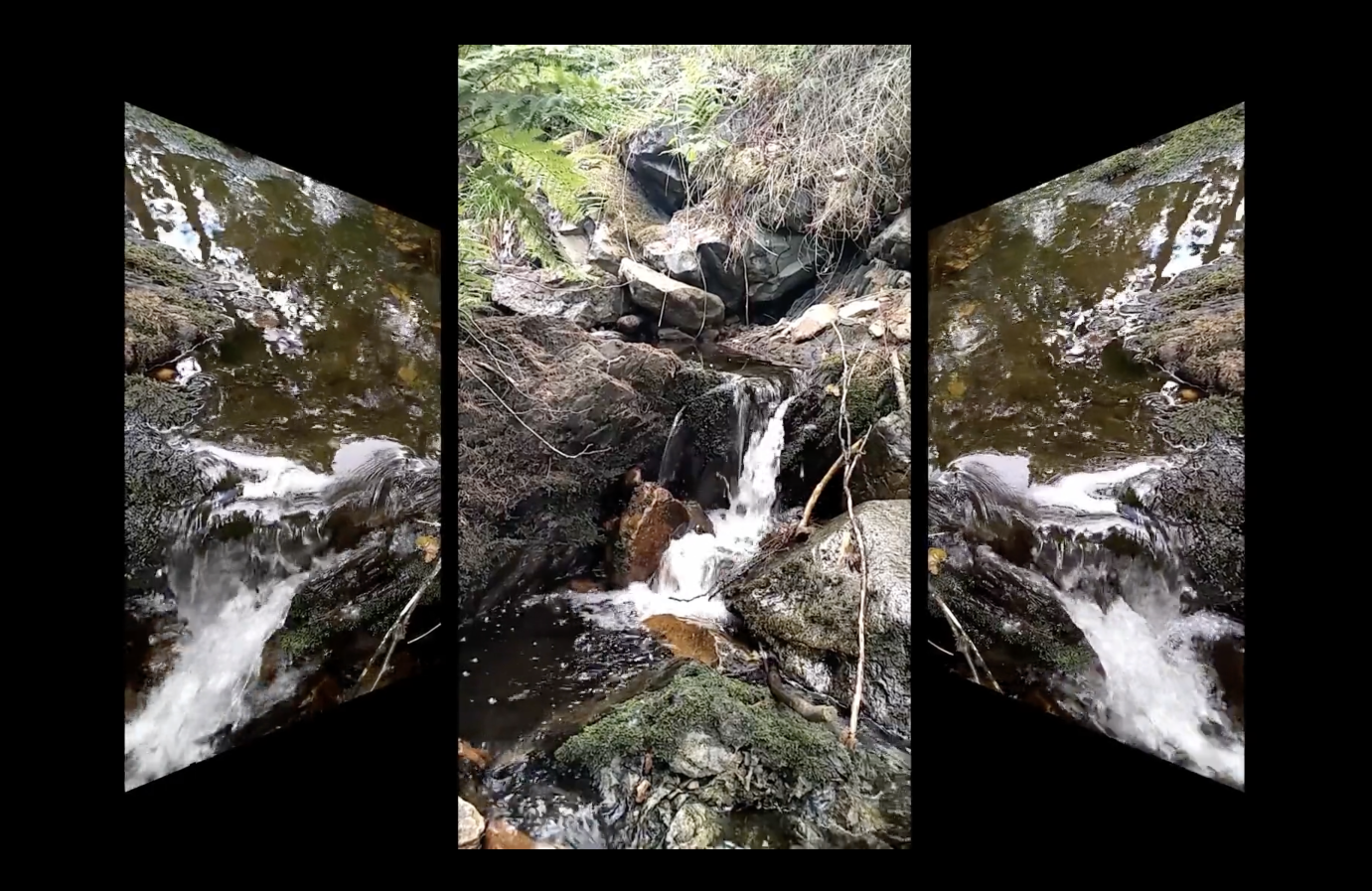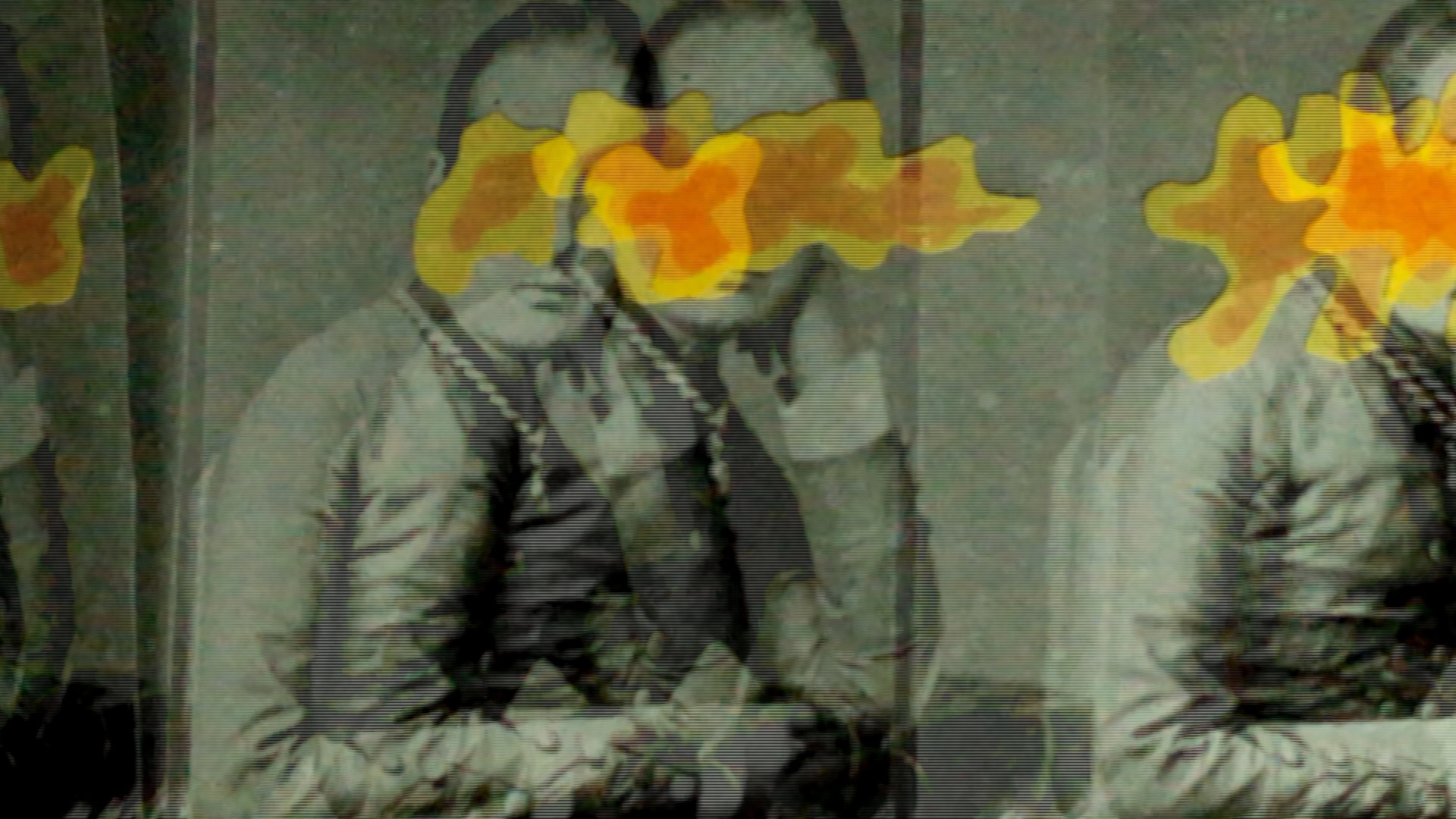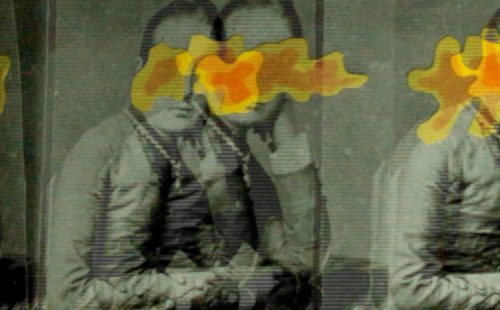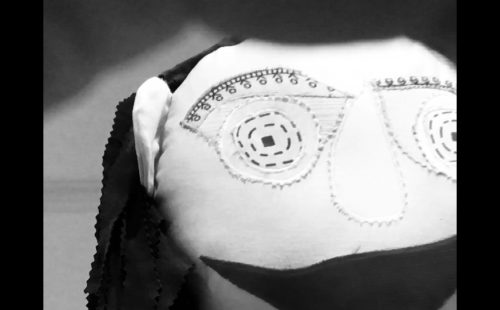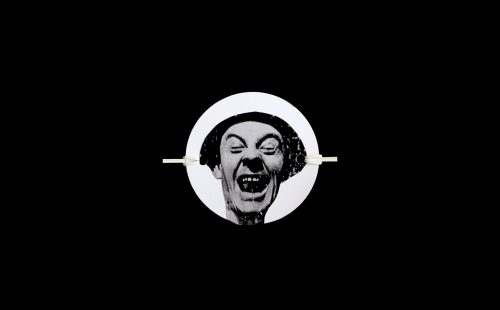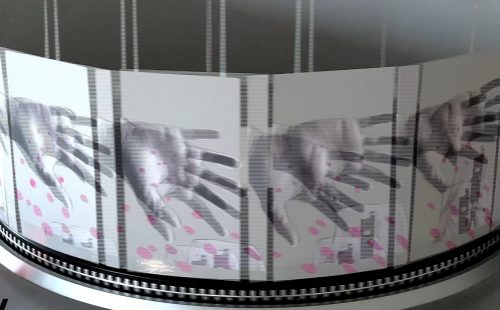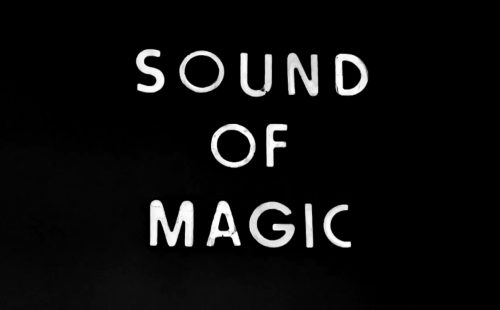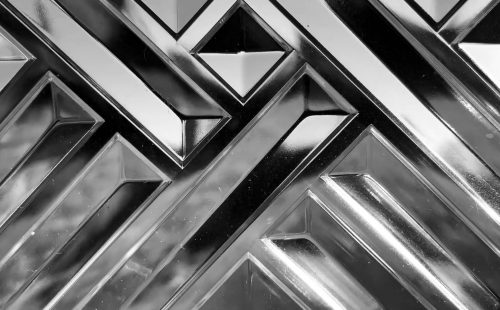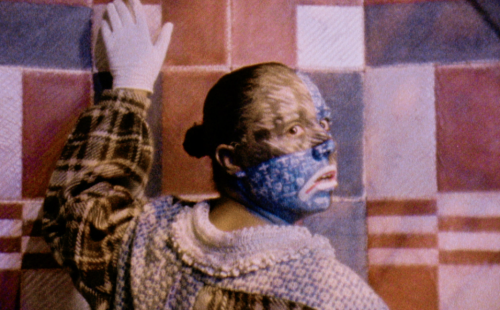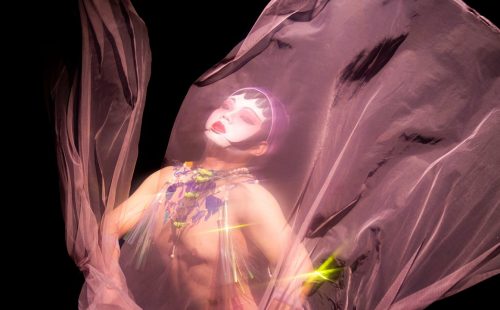
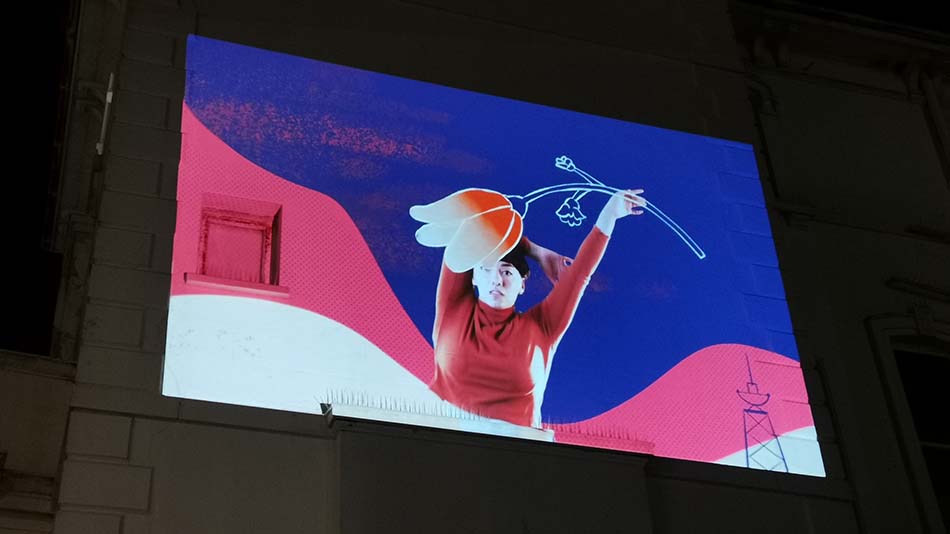
videoclub & Oozing Gloop are presenting a film trail for Southampton Pride – paid stewards wanted…
On 25th August, Oozing Gloop and videoclub are teaming up to deliver a Queer film trail around Southampton’s streets, with films being projected onto buildings while audiences follow us on an alternative walk of Southampton.
videoclub uses a mobile cinema kit (speakers, projector) to project films above shops, bars, and buildings. Each film (approx 5 mins each) is played, then the cinema kit is packed away and moved to a new location, with audiences following the videoclub team as they move to each new location.
The timings will be 4 hours per evening between 7pm and 11pm, paid at £15 per hour (£60 altogether) plus payment of any travel expenses.
Who we’re looking for:
We’re looking for 4 stewards from Southampton to help with:
– Keeping people safe (e.g. making sure people are on pavements and not wandering/standing in the road)
– Carrying some equipment (speakers, speaker stands – not very heavy but need to be able to carry for short distances)
– Talking to people about the event / handing out maps/flyers
There will be an induction prior to the event, so you will be told all that you need to know before the event starts.
Timings of the test run and live events on 24th and 25th August:
There will be a test run of the trail on the evening of the 24th August 2023 (same timings for the actual trail on the 25th August as well):
7pm – arrival at John Hansard Gallery and register
7:15pm – talk through the programme, health and safety, roles and responsibilities
8:30pm – walk to first location and set up kit
9pm: play first film, then go to next 5 locations and play films (6 locations altogether, trail will last approx an hour)
10pm – return to John Hansard Gallery and help pack away kit
11pm – finish
The full film trail will take place on 25th August. Meet at John Hansard Gallery at 7pm – then details same as above – finish at 11pm.
About the audiences we’re expecting
About the audiences we are expecting: as the start time is 9pm (for the films to be shown), we’re expecting the audience will be young people and adults, 15+. As it’s summer we don’t expect lots of students. Target audience is LGBTQIA+ people and allies as the event is part of Pride.
Payment
Payment: 4 hours’ work x £15 per hour per evening – total of £60 per evening x 2 evenings = £120 for total of the two nights. Plus any expenses for travel. Payment will be made via invoicing videoclub. Details will be sent to you.
How to apply
If interested – please let Jamie Wyld, director of videoclub, know by emailing him at: jamie@videoclub.org.uk with a CV and confirmation that you can work on both 24th and 25th August between 7pm and 11pm. Deadline: 22/08/23 (applicants who apply earliest will be appointed earliest.)
—




